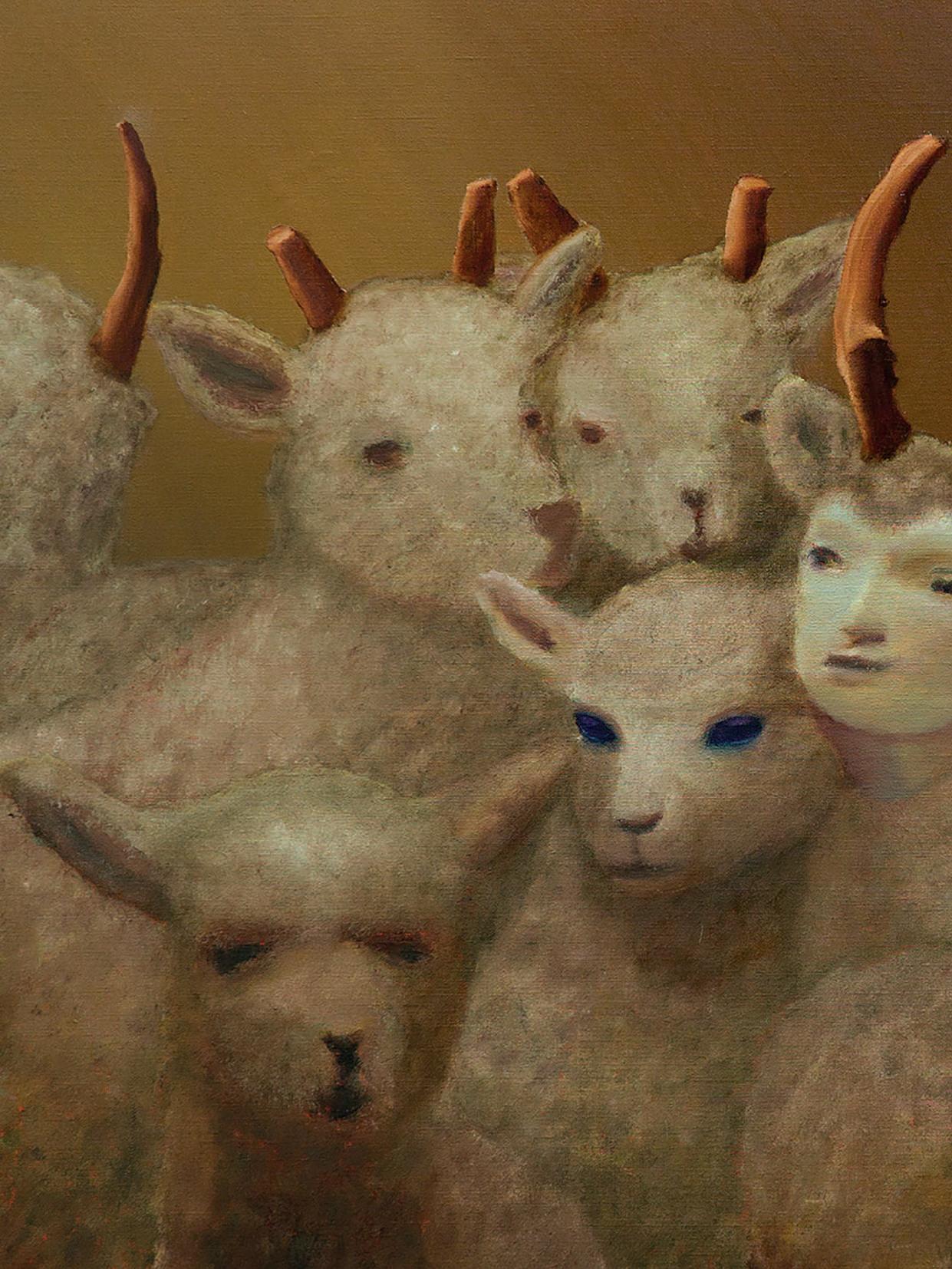WINTERSPRING 2025

Museum of Contemporary Art Cleveland
Stasys Museum


Museum of Contemporary Art Cleveland
Stasys Museum

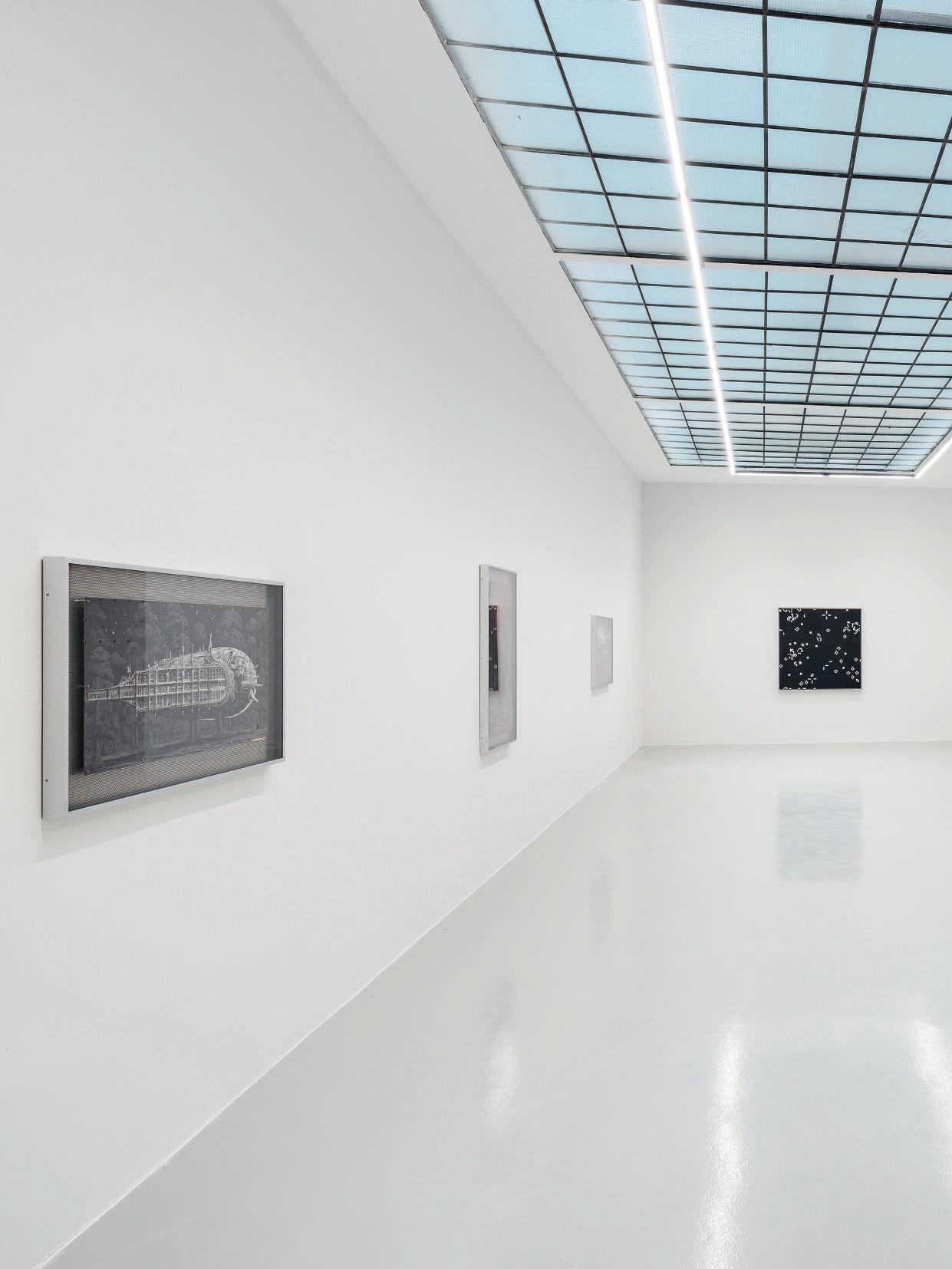
Andreas Greiner (b. Aachen, Germany, 1979) is a Berlin-based ecological artist whose multidisciplinary practice spans time-based works, living and digital sculptures, photography, and video art. In much of his work, he explores the intersection of biology, technology, and the natural world, with special attention to non-human forms of subjectivity and climate change. Greiner’s art has been showcased internationally at the Yokohama Triennale (2020), Vienna Biennale for Change (2021), and the Geneva Biennial for Art and Urban Nature (2023). He was awarded the 34th Kaiserring Scholarship at the Mönchehaus Museum in Goslar in 2019 and has exhibited at institutions like the Berlinische Galerie, Kunsthalle Mannheim, Hamburger Kunsthalle, and Centre Pompidou. Since 2022, Greiner is Professor of Media Art at Muthesius University of Fine Arts and Design in Kiel. After studying medicine and anatomy, he transitioned to art at the Institute for Spatial Experiments (then led by Olafur Eliason). Greiner is also a co-founder of art4biodiversity, a non-profit organization promoting and supporting artistic initiatives for ecological action. His recent solo exhibition Game of Life (2023/2024) investigates our relationships with artificial intelligence, nature, and the future.
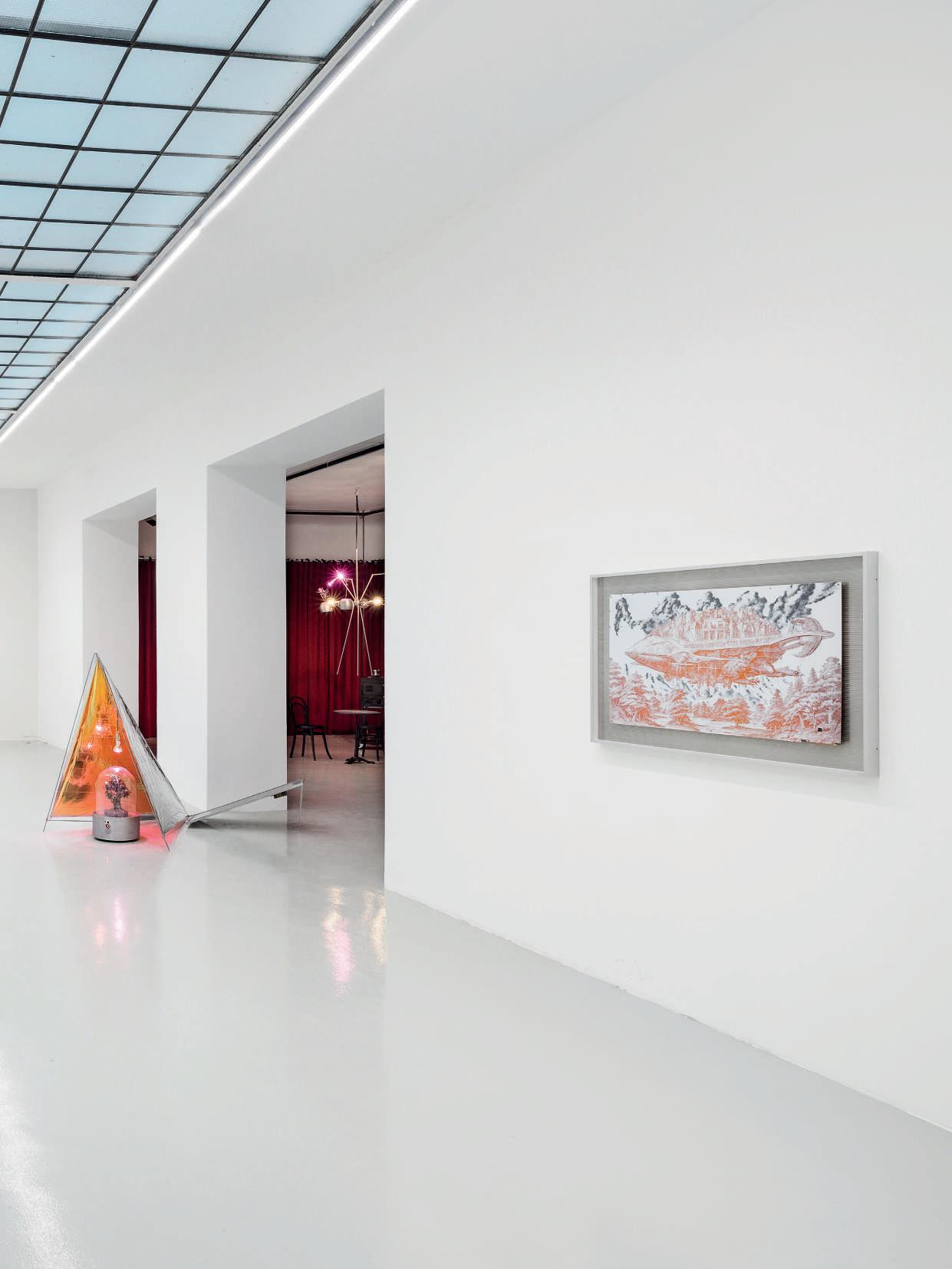


29.11.2024 - 09.03.2025

The creative expression of Frauke Dannert (b. 1979 in Herdecke) is rooted in the technique of collage, which she employs with great tension in her graphic and painterly works. The exhibition title serves as a poetic reference to the artistic oeuvre of Max Ernst. Inspired by the fantastical landscapes and rich forms in his work, Frauke Dannert has created new artistic productions specifically for this exhibition. Her abstract and imaginative forms invite viewers to reconsider the relationship between humanity, technology, and nature.
In addition to the Desert After Rain exhibition, the artist is also developing an intervention for the permanent exhibition on the work of Max Ernst, which will remain on display beyond the duration of the show. Frauke Dannert – Desert After Rain will be on view from November 29, 2024, to March 9, 2025, in the Leonora Carrington Hall of the Max Ernst Museum Brühl des LVR.
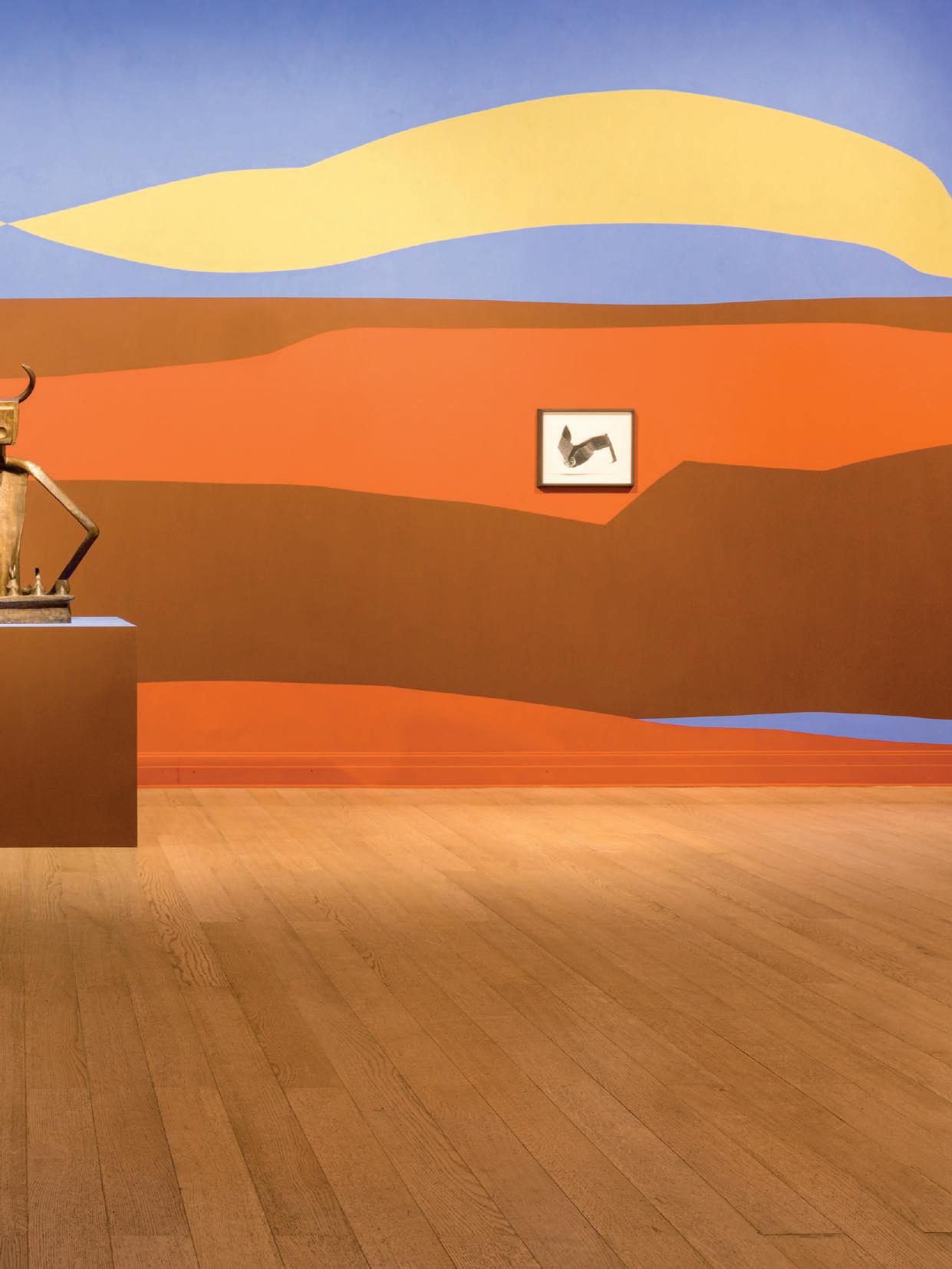
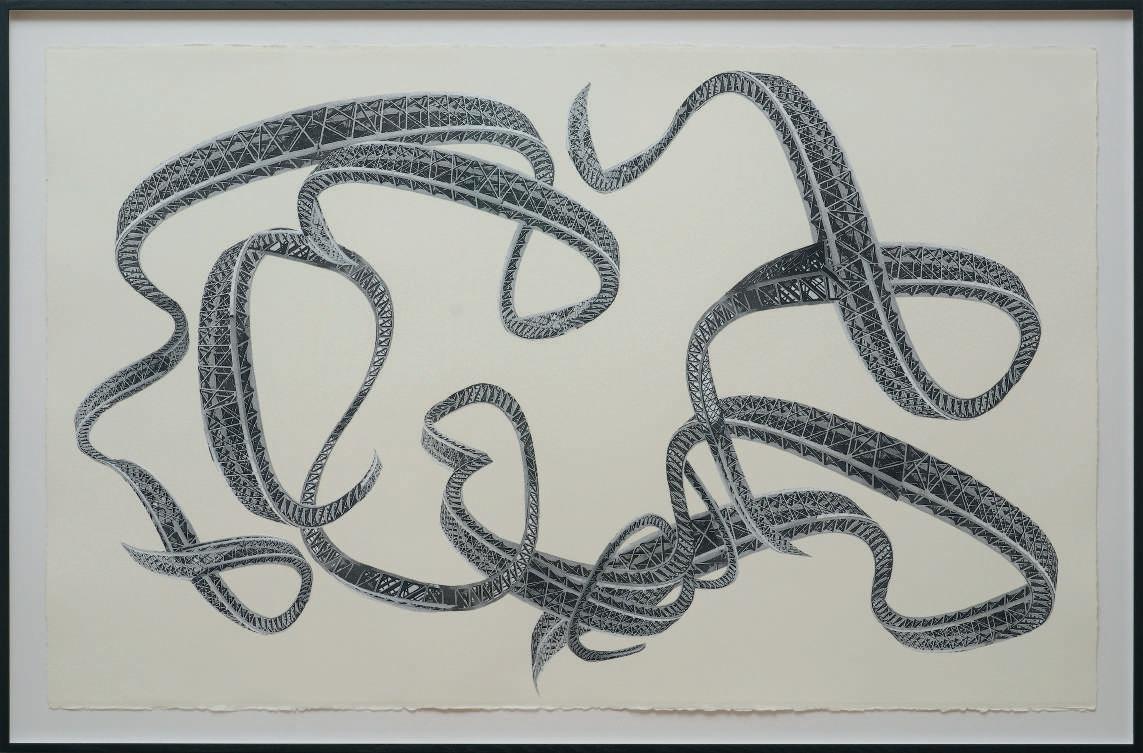
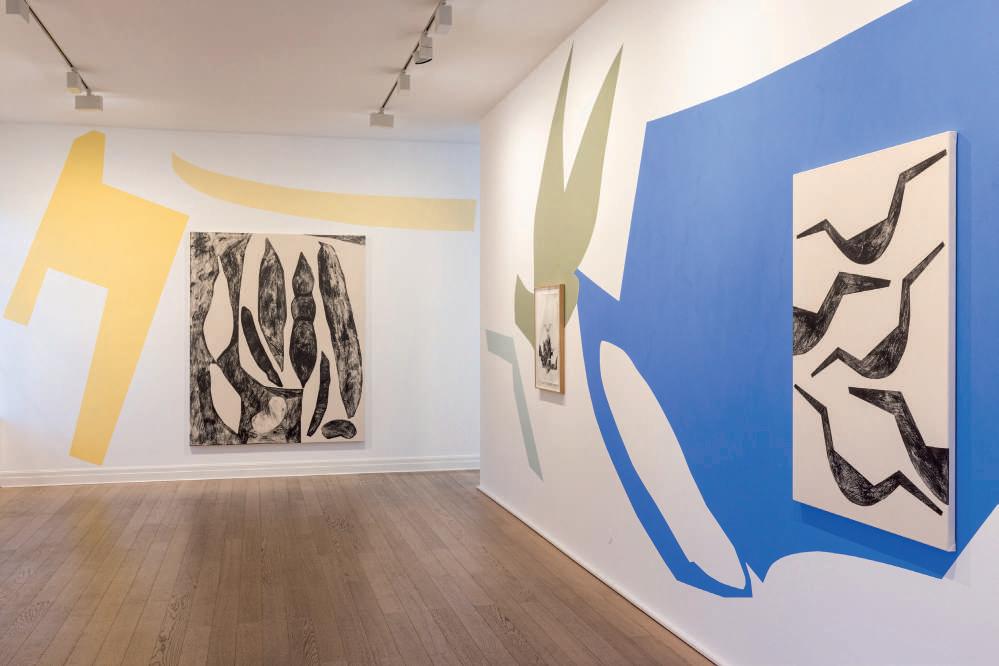
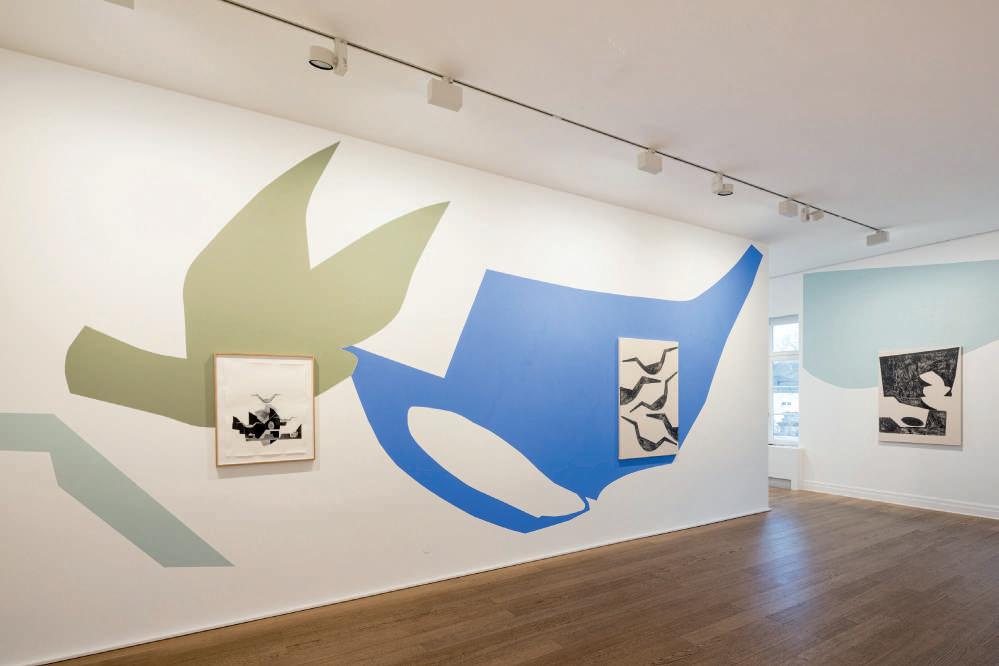
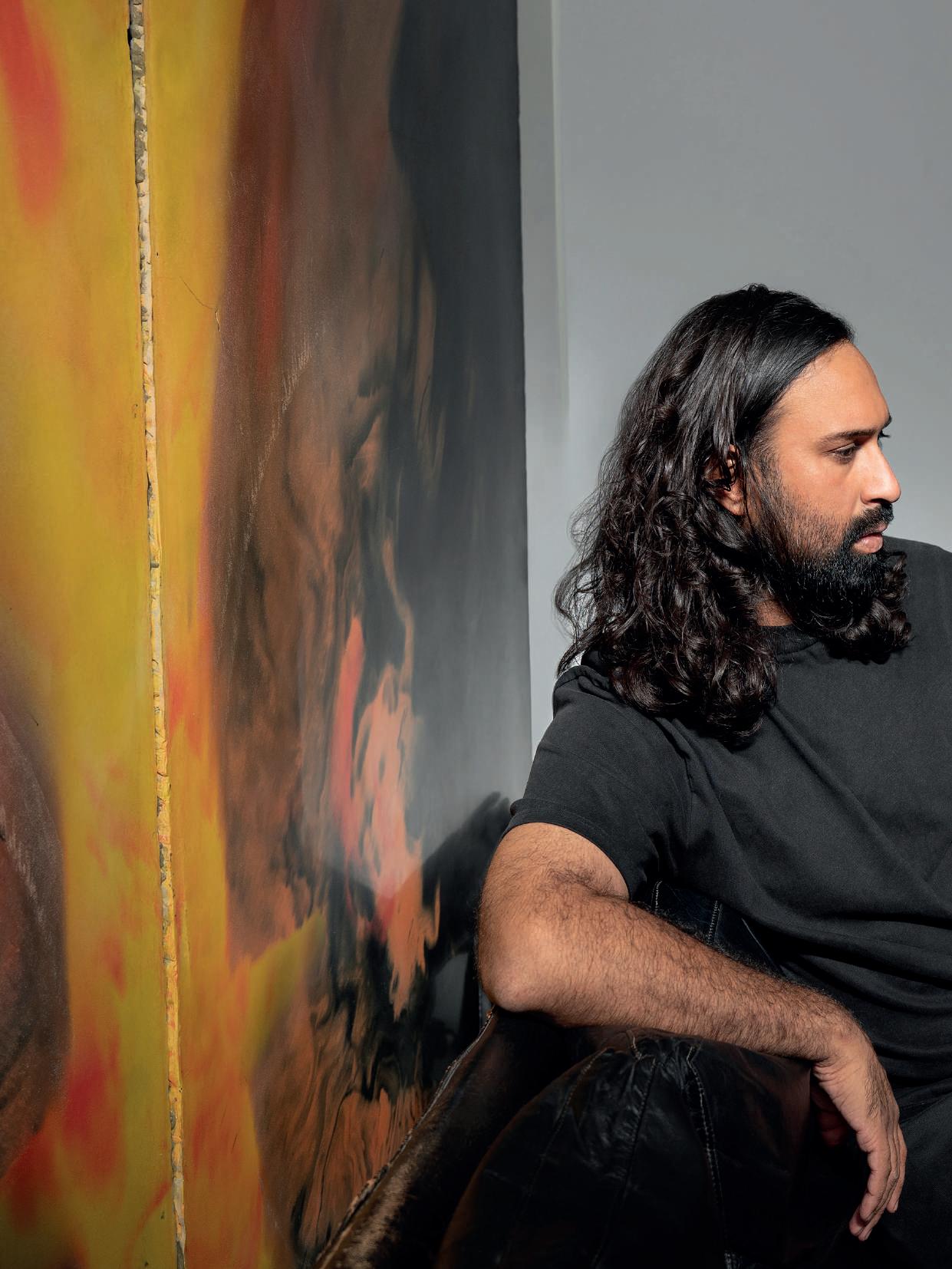
24.01.2025-01.05.2025
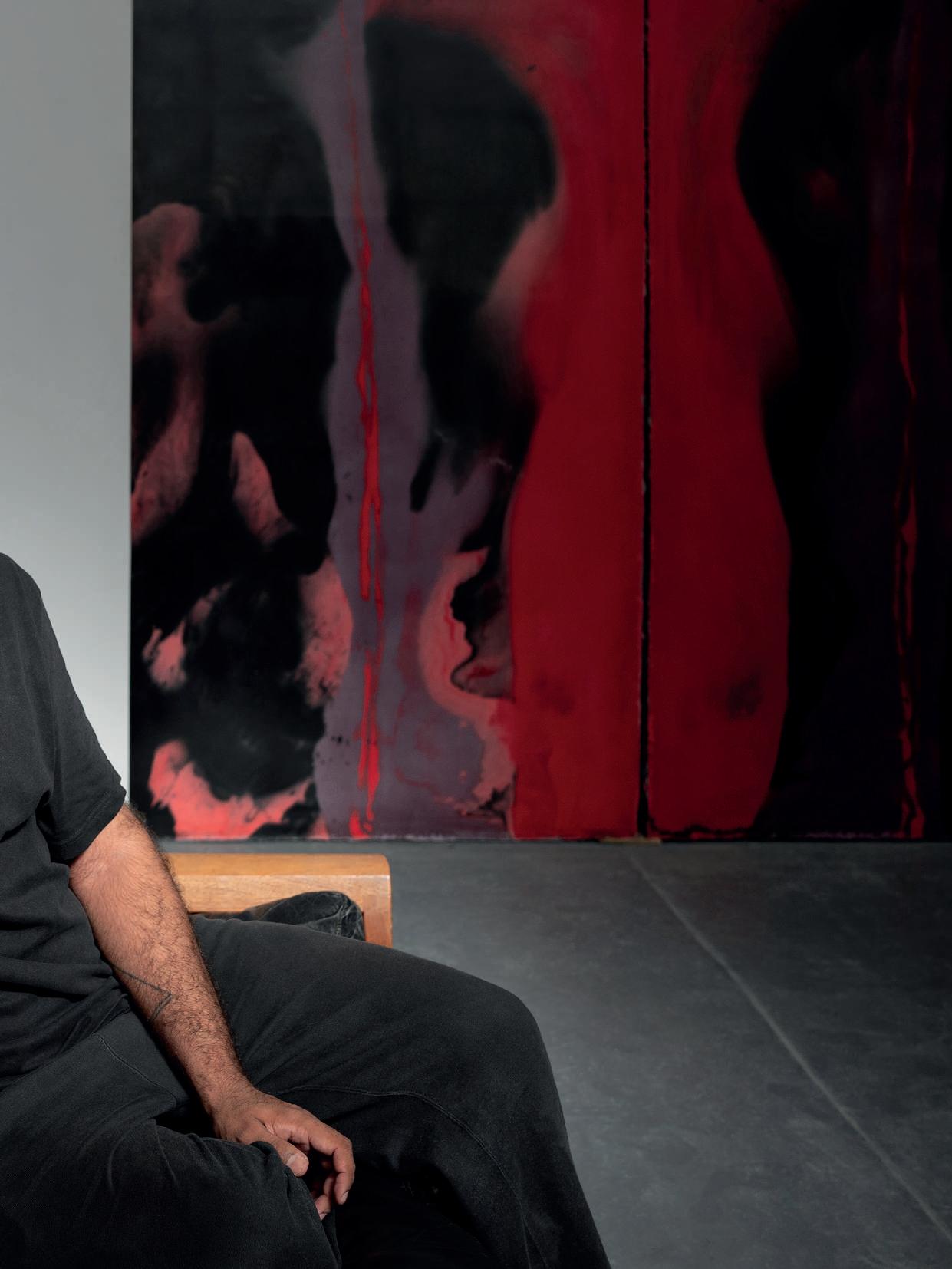
Harminder Judge’s first museum exhibition in the U.S. presented at moCa Cleveland, opening January 2025, explores themes of alchemy, spiritual processions, and the body’s transformation through death. Judge’s vibrant plaster and pigment works emerge from energetic lines and intuitive processes, where colour is embedded into the material, merging sculpture and painting. Influenced by funeral rites and ceremonial burning, his large, dynamic pieces provide a space for powerful emotional responses while exploring the embodied connection between the physical and the spiritual. The exhibition invites viewers to engage with the power of form, colour, and abstraction, prompting personal reflection and connection. The exhibition will run at moCa from 24 January – 1 June 2025 and will travel to Speed Art Museum, Kentucky.
Harminder Judge (b.1982 Rotherham, UK) lives and works in London. He graduated from the Royal Academy Schools, London in 2021. Selected recent solo exhibitions include: Cliff and Cleft, Gathering, Ibiza, Spain, 2024; A Ghost Dance, Matt’s Gallery & The Sunday Painter, London, UK, 2024; Sea and Stone and Rib and Bone, Jhaveri Contemporary, Mumbai, India, 2023; Frieze London with The Sunday Painter, London, UK 2022; Rising Skin from Rock and Chin, The Sunday Painter, London, UK 2022; Ankles Absorbing Ash, Humber Street Gallery, Hull, UK 2022; Mountains and Mercies, galeriepcp, Paris, France 2021.
Selected recent group exhibitions include: It Never Entered My Mind, Curated by Michael Sherman, Sean Kelly Gallery, LA, USA 2024; Picnic at Hanging Rock Chapter I, Sargent’s Daughters, LA, USA 2024; Curated By: Glossary, Galerie Kandlhofer, Vienna, Austria 2023; The Reason for Painting, Mead Gallery, Warwick, UK 2023; Love Letter, Pace Gallery, New York City, USA 2023; And this skin of mine, Guts Gallery, London, UK 2022; New Beginnings, Blindspot Gallery, Hong Kong, 2022; The Horror Show!, Somerset House, London, UK 2022; A Grain of Sand, The Sunday Painter, London, UK 2021; Am I Human To You?, Jugendstilsenteret & Kube Museum, Ålesund, Norway 2021; Tomorrow: London, White Cube, London, UK 2020; Our Ashes Make Great Fertilizer, Public Gallery, London, UK 2020; At Home In The Universe, Jhaveri Contemporary, Mumbai, India 2019 and A Plot For The Multiverse, Indigo + Madder, London, UK 2019.
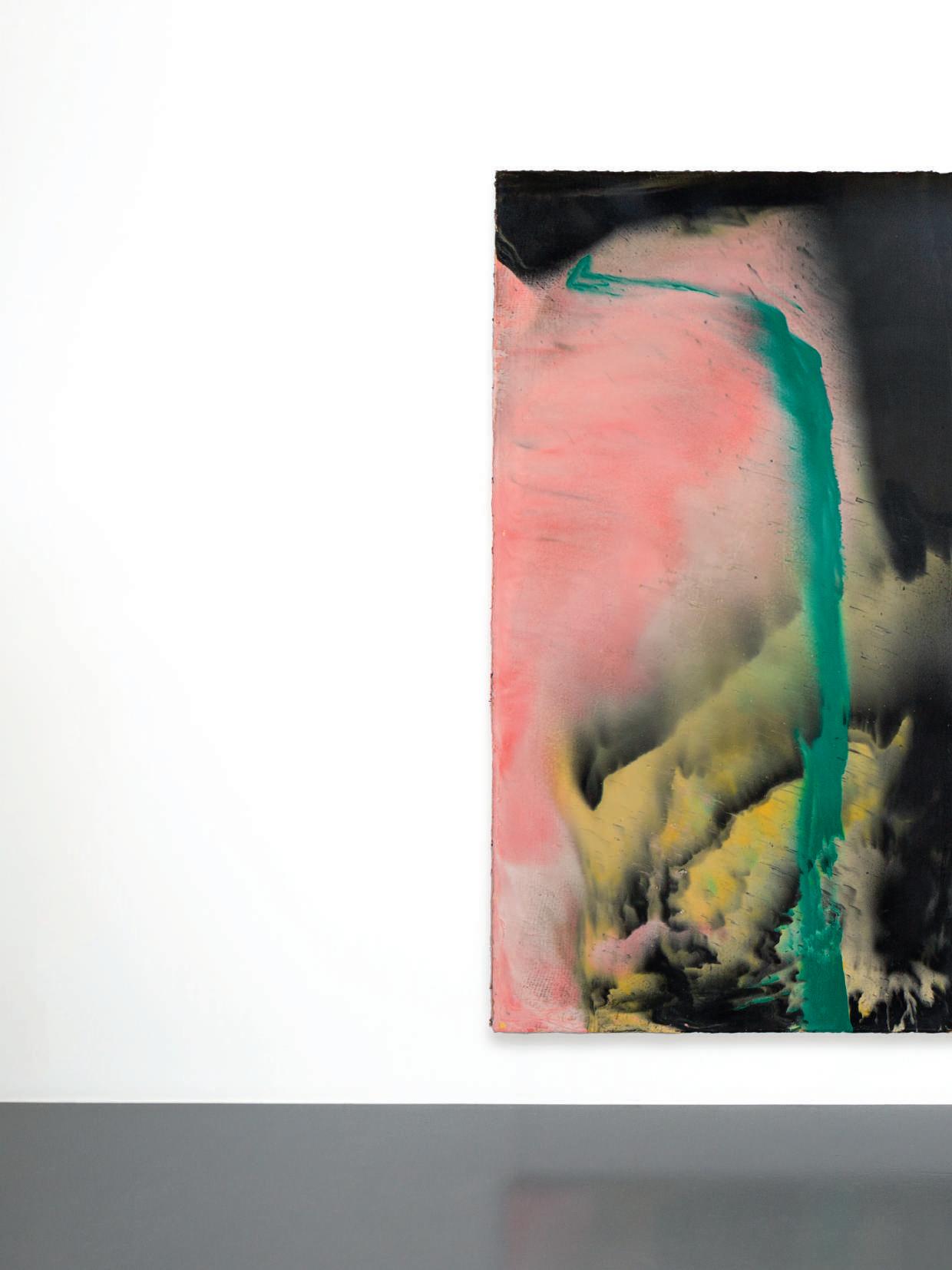

05.10.2024 - 23.02.2025
Universalmuseum Joanneum, Bruseum Austria
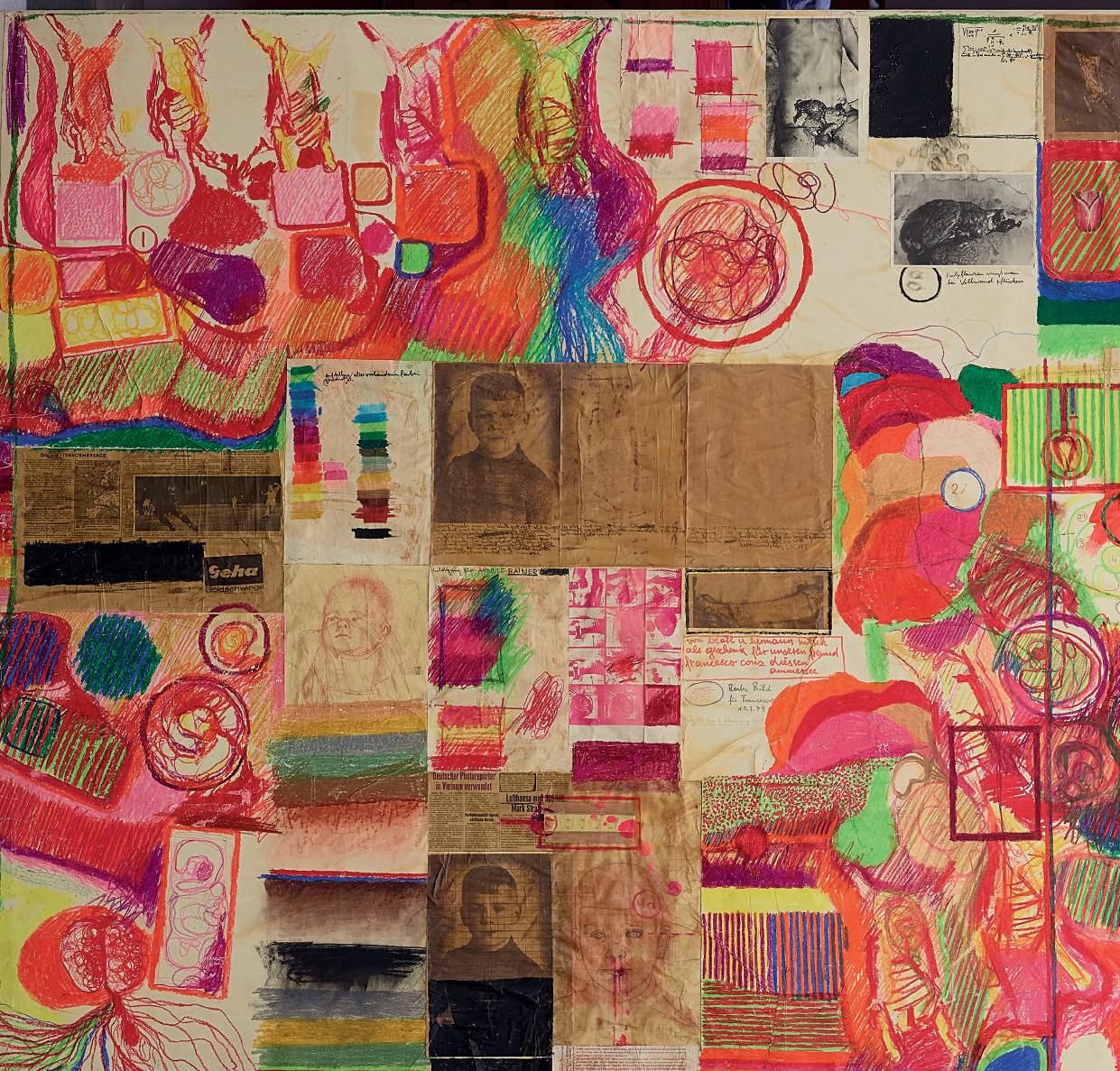
The BRUSEUM showcases the drawings of Hermann Nitsch, highlighting a facet of his work that, due to the grandeur of his performances and the scale of his splattered paintings, often went overlooked. Long before he began developing the ideas for his Orgien Mysterien Theater in 1957, Nitsch was already exploring themes of suffering, crucifixion, death, and resurrection through his drawings.
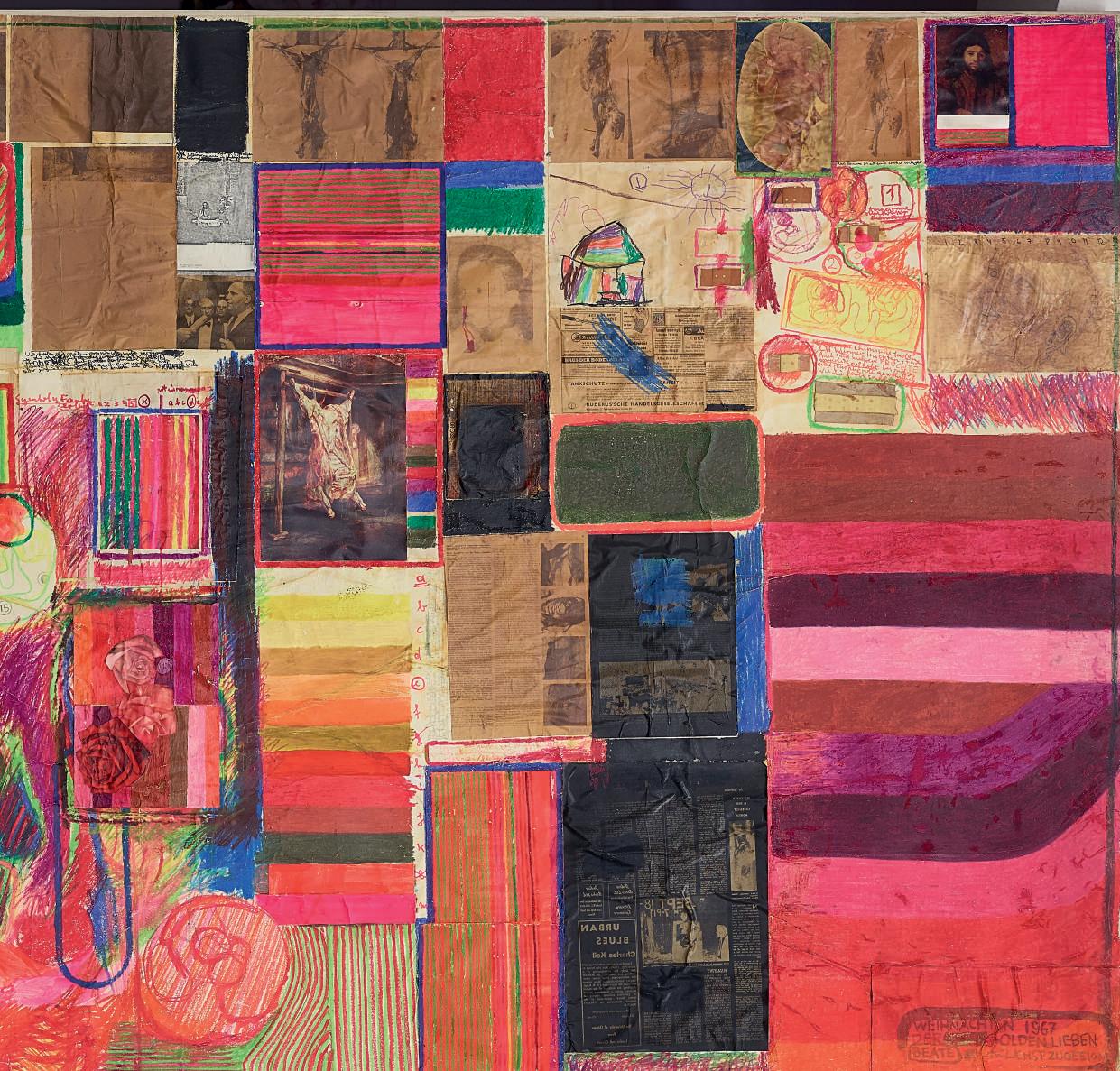

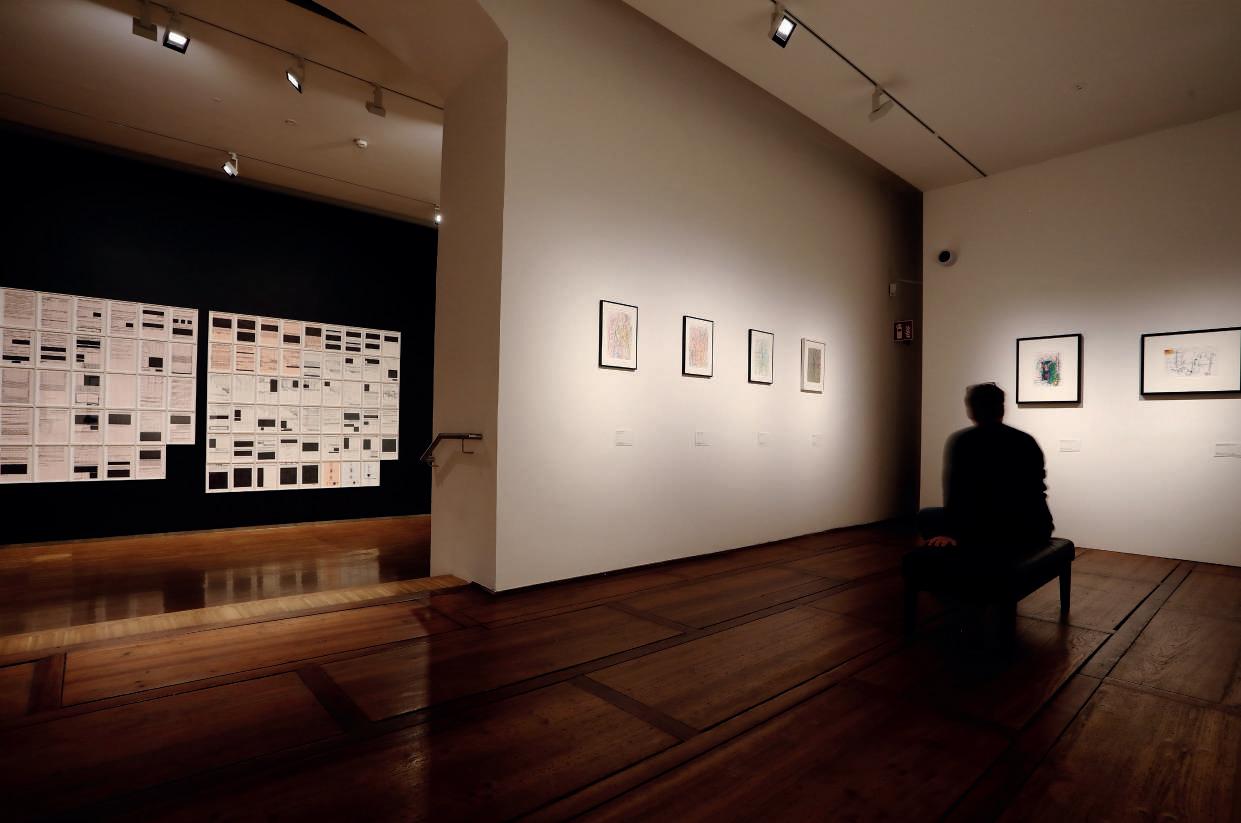
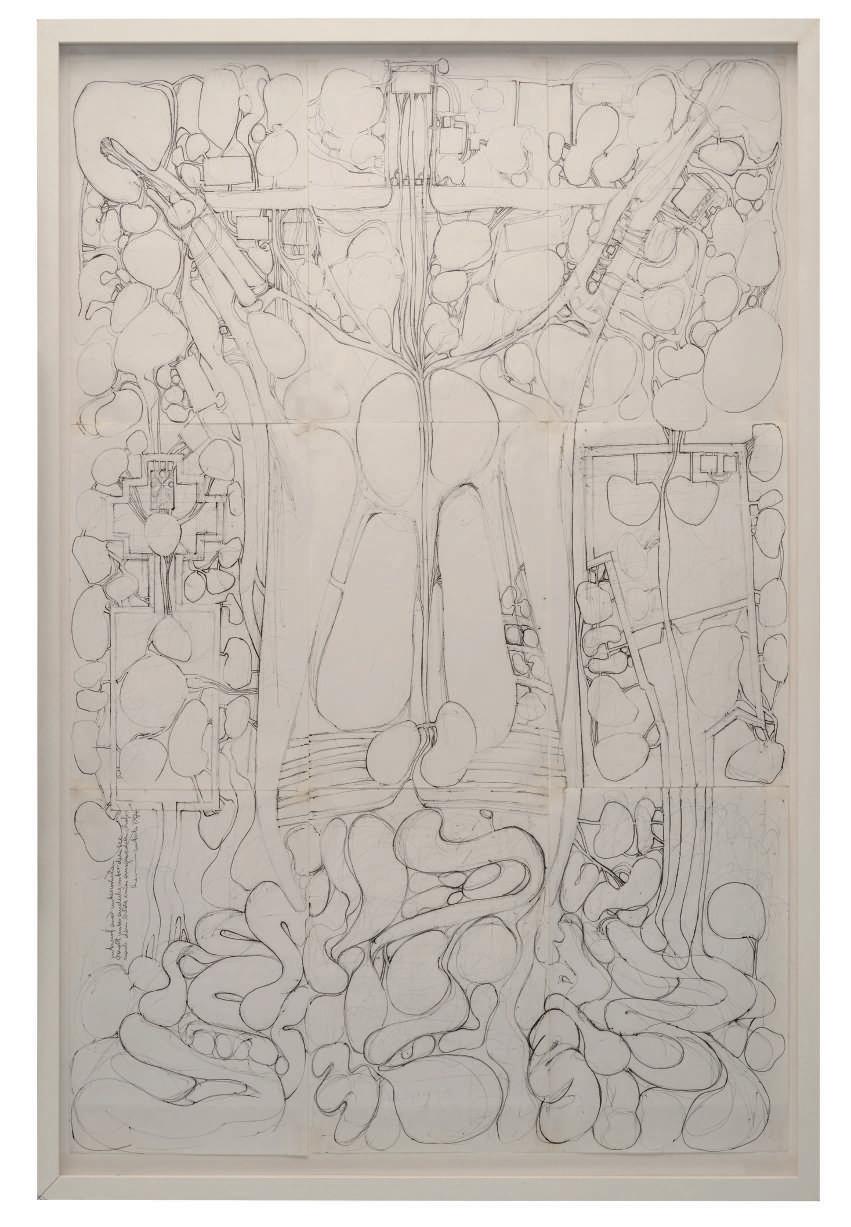
Hermann Nitsch Entwurf einer unterirdischen Stadt, 1974
Kugelschreiber auf neun zusammengeklebten Blatt Papier, 89 x 63 cm, Privatsammlung photo UMJ/N. Lackner © Bildrecht, Wien 2024

29.11.2024 - 30.03.2025
On display for the first time in Lithuania is an exhibition Hermann Nitsch’s work. The exhibit introduces a comprehensive collection on loan from art collectors from Graz and from the Nitsch Foundation in Vienna. It spans various techniques, diverse media, philosophical quotes from the master of Vienna Actionism that represent almost 60 years of the artist’s oeuvre – the manifestation of a gesamtkunstwerk – the path towards his drama O.M. Theater and the first showing of the play in its entirety, lasting 6 days.
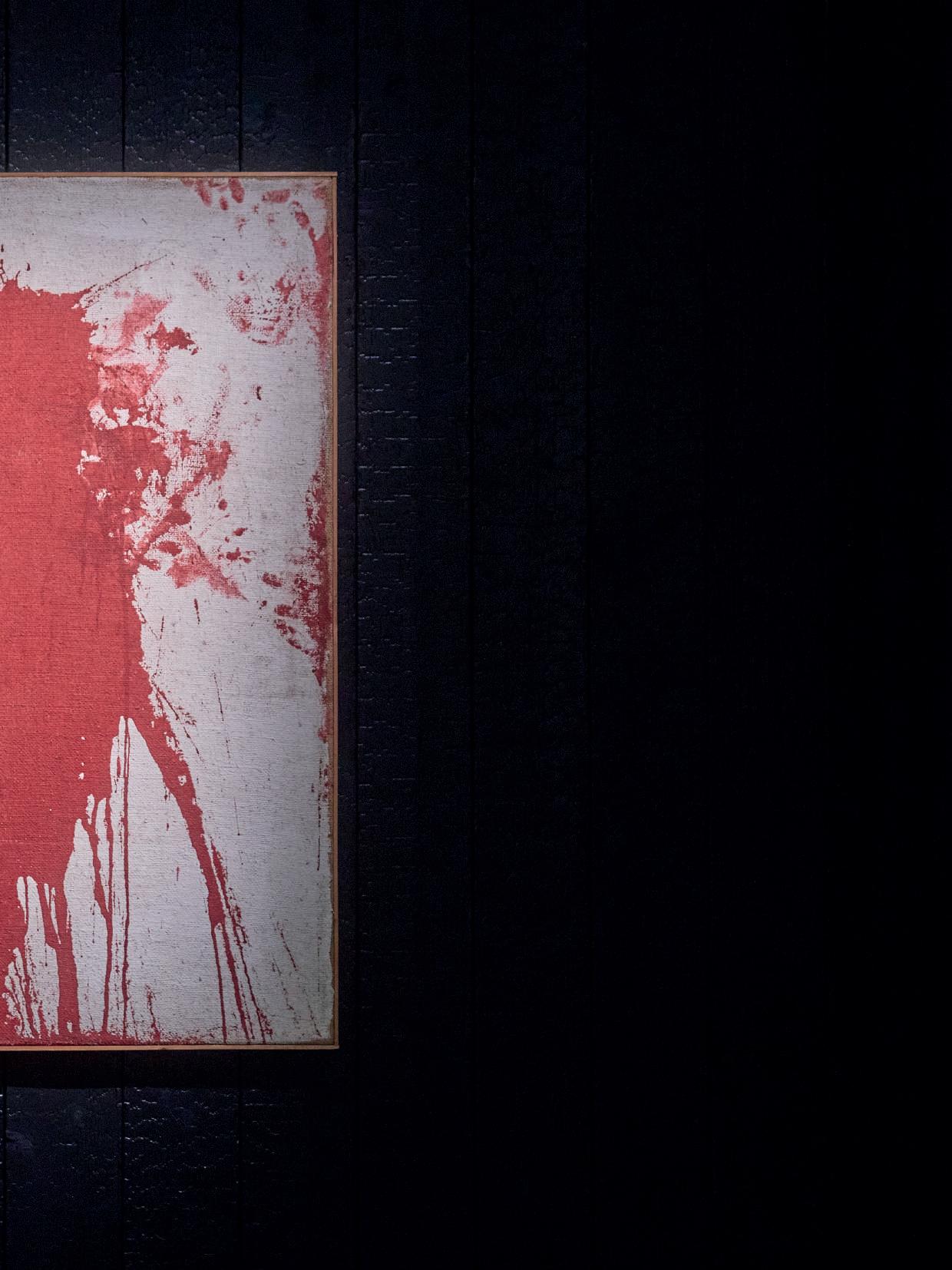
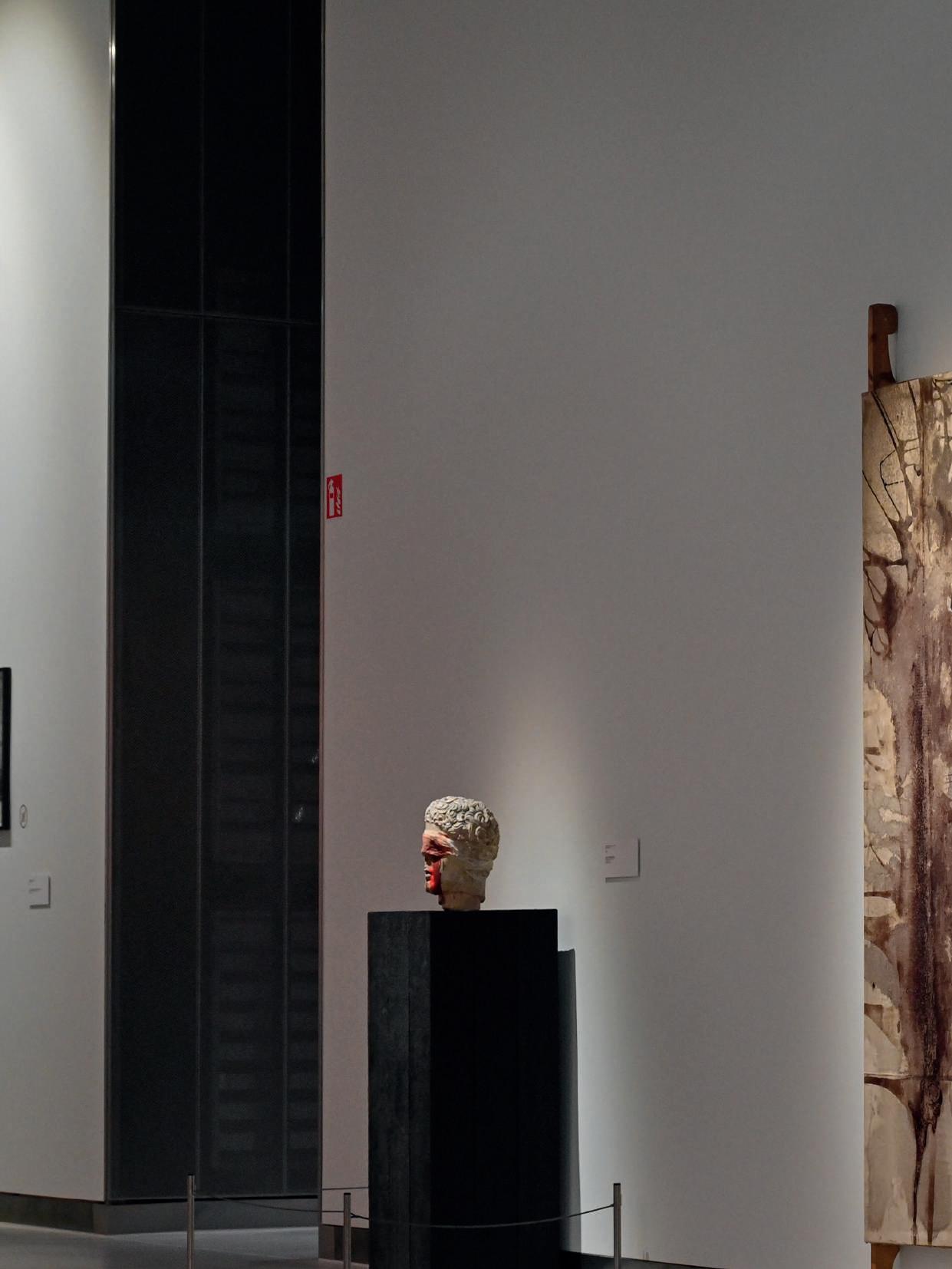
Installation View
Gesamtkunstwerk,
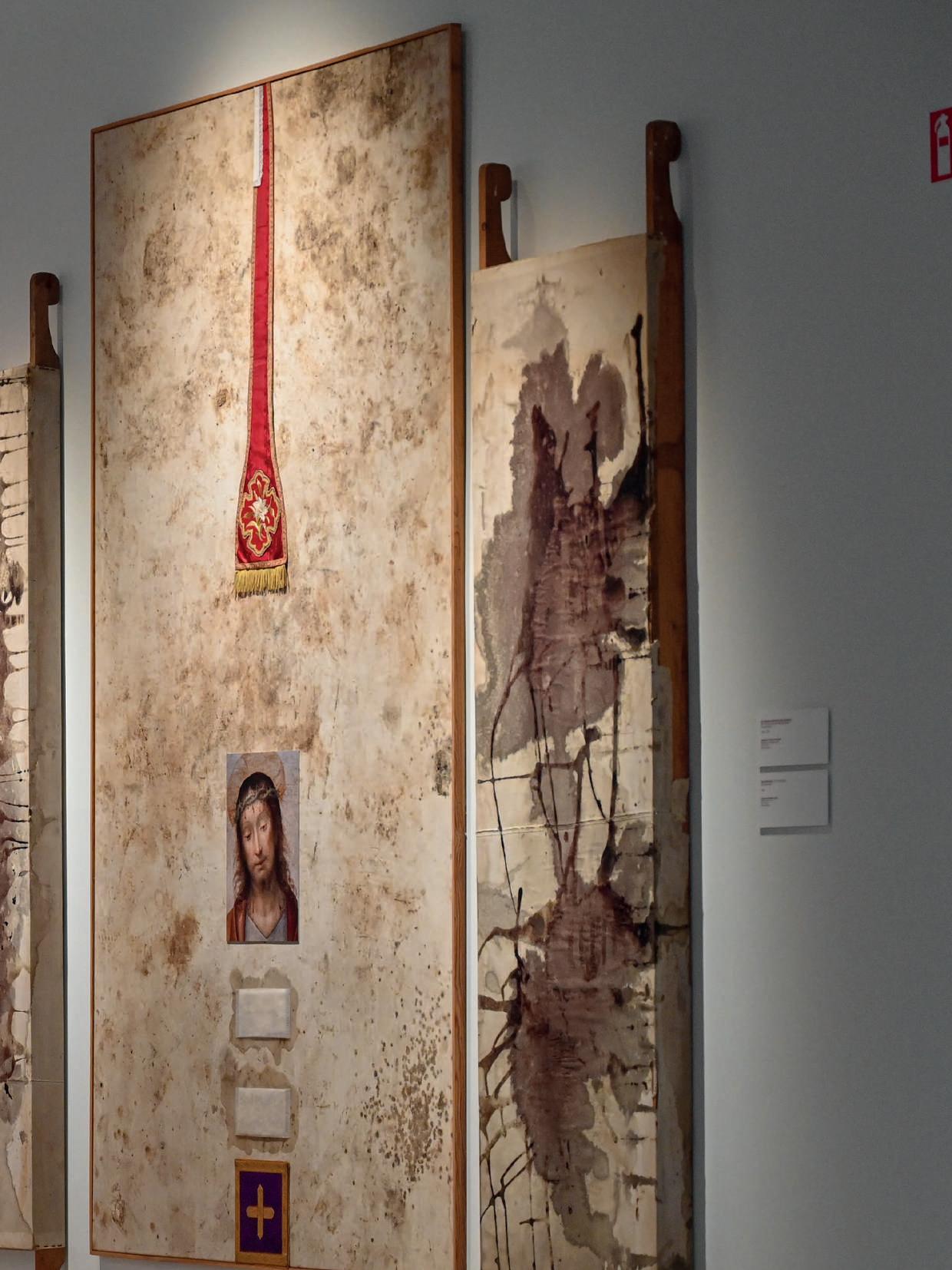
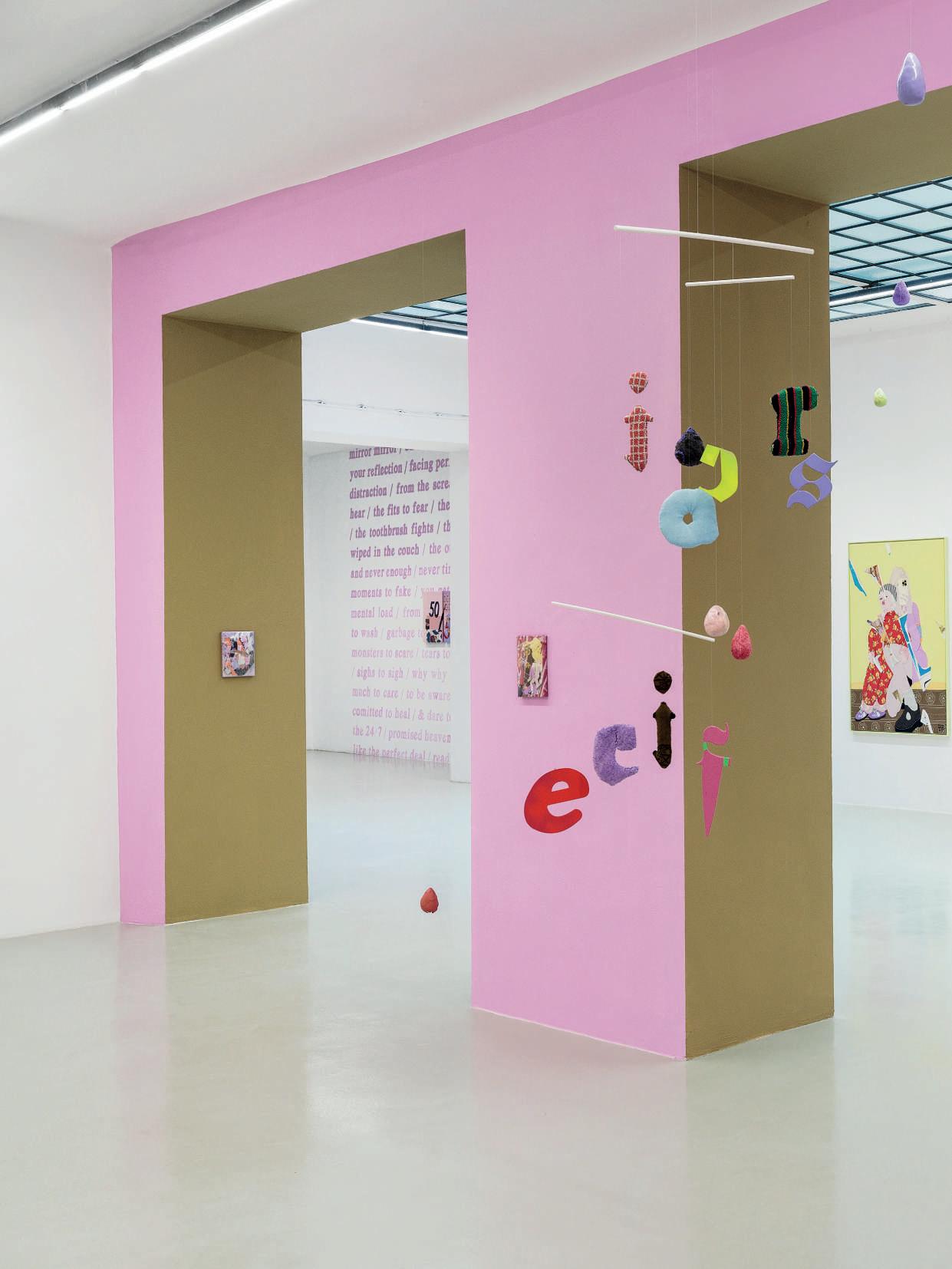

Vernissage 30th January 2025
Strabag Kunstforum, Vienna Exhibition Duration: 31st Jan - 26th Feb 2025

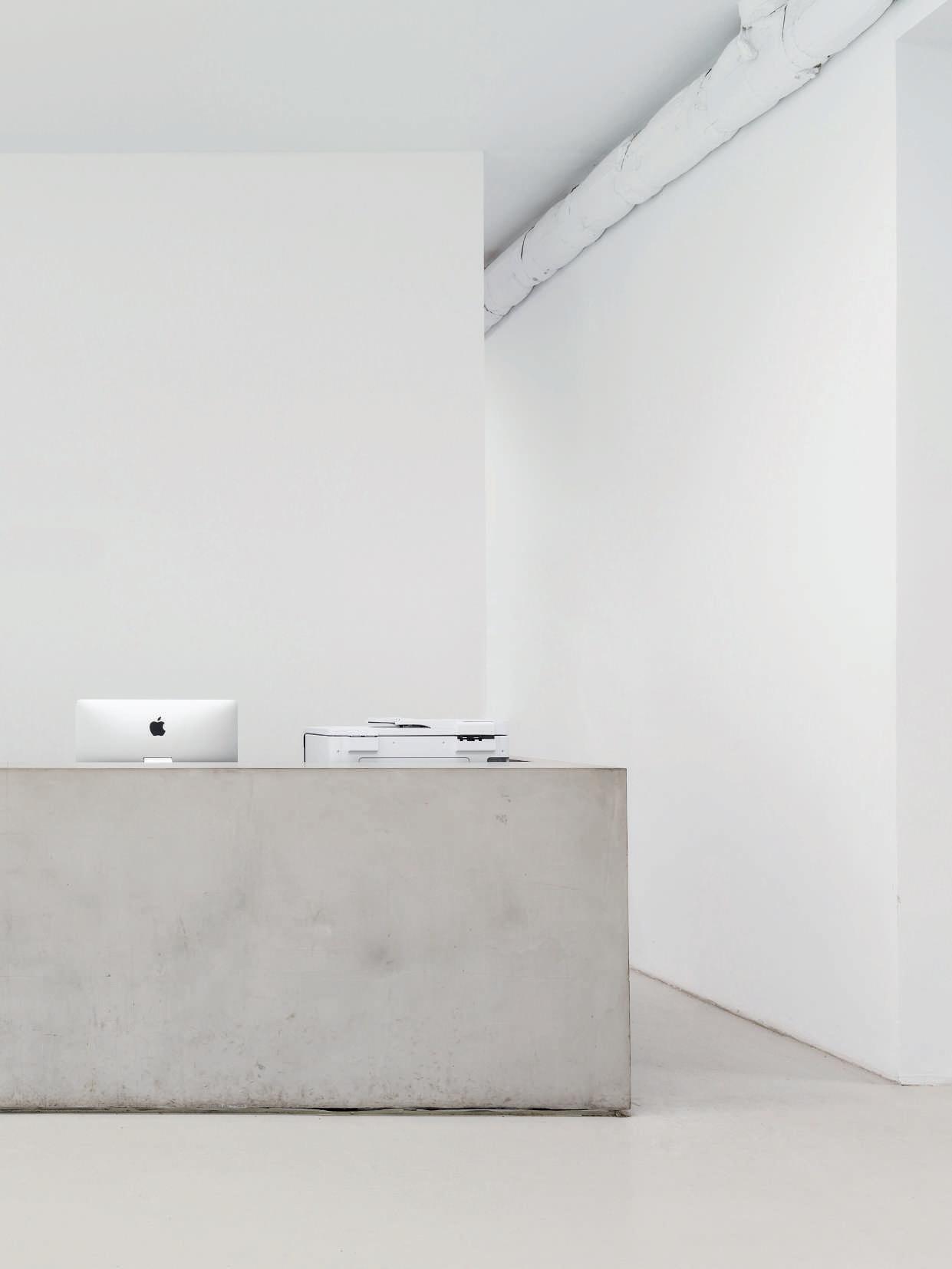
Trip
Exploring the nuances of reality and its malleability in our post-factual era, Marc Henry delves into the realm of digital image manipulation with a profound curiosity. A graduate of the Academy of Fine Arts Vienna under the mentorship of Daniel Richter, Henry‘s multidisciplinary background includes degrees in economics and curatorial studies. This multi-faceted academic foundation underscores his thematic engagement with societal dynamics, macroeconomics, and politics, reflecting an expansive approach to the pictorial space.
Henry‘s artistic language is shaped by a keen interest in narration and composition, fueled by a iconography drawn from his personal archive of reference collages, AI-powered image generators, and 3D rendering programs. Engaging in a dynamic dialogue between the digital and analog realms, the artist often revisits the digital file after initial canvas exploration. Through an iterative process, he modifies colors, adjusts compositions, and incorporates newfound discoveries from the painting back into the digital realm. This rhythmic reciprocity continues until a distinctive form emerges, resembling a pseudo-narrative infused with memories of a fabricated reality.
Marc Henry‘s work has been shown at MMIII Kunstverein Mönchengladbach, Schloßmuseum Murnau, Kunsthalle Oktogon, Palais Rasumofsky and the Belvedere21 Museum amongst others.
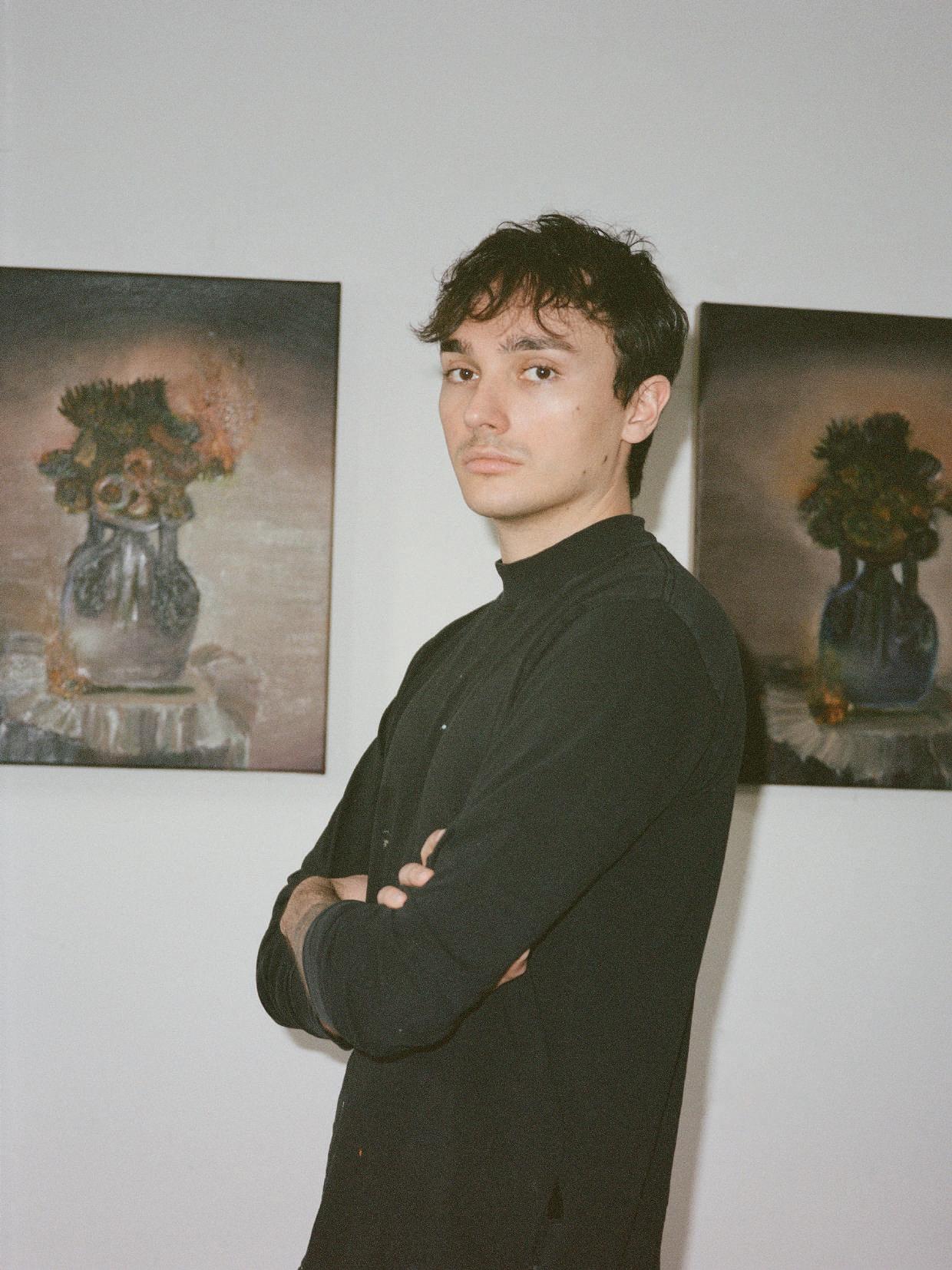
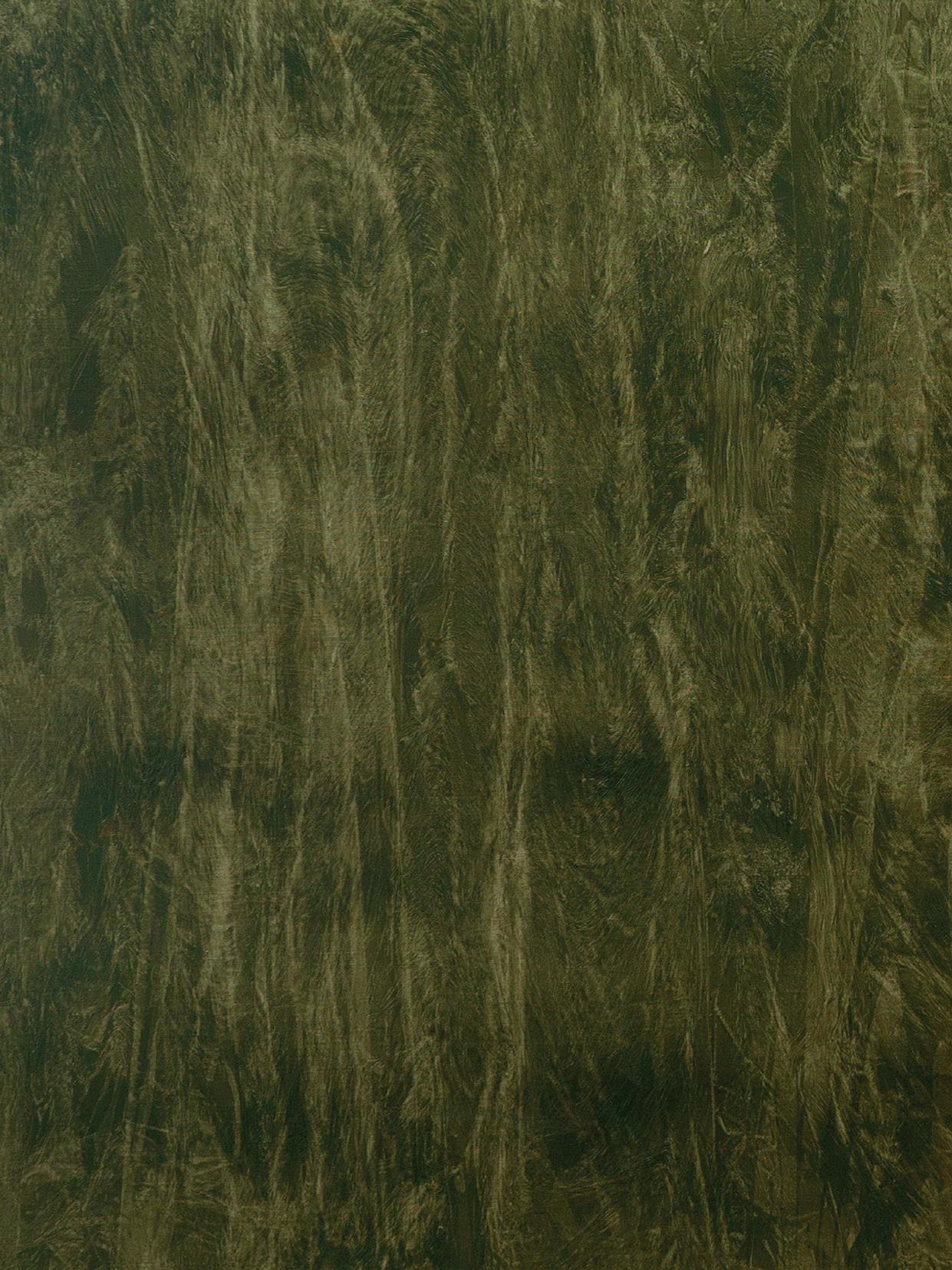
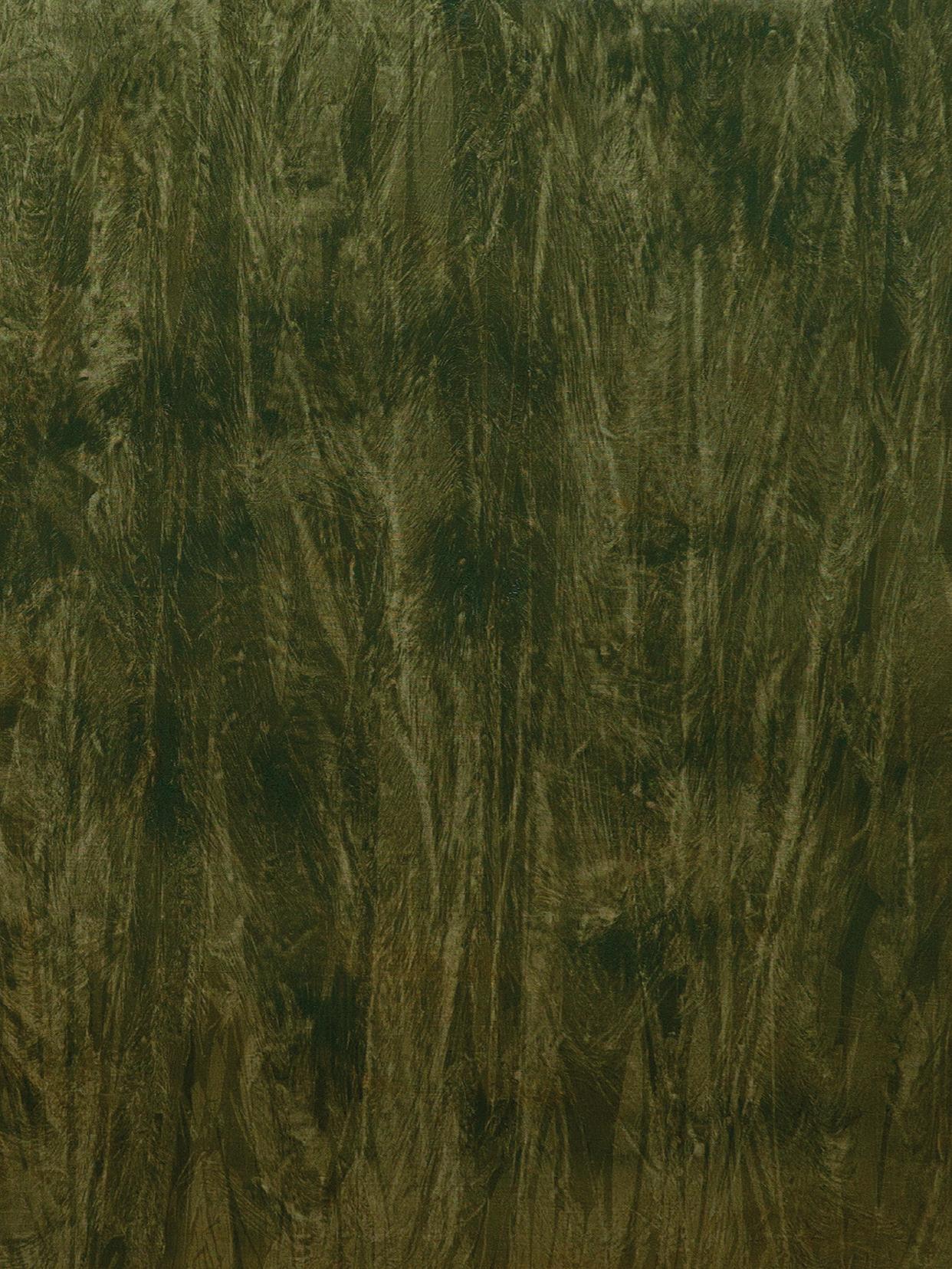

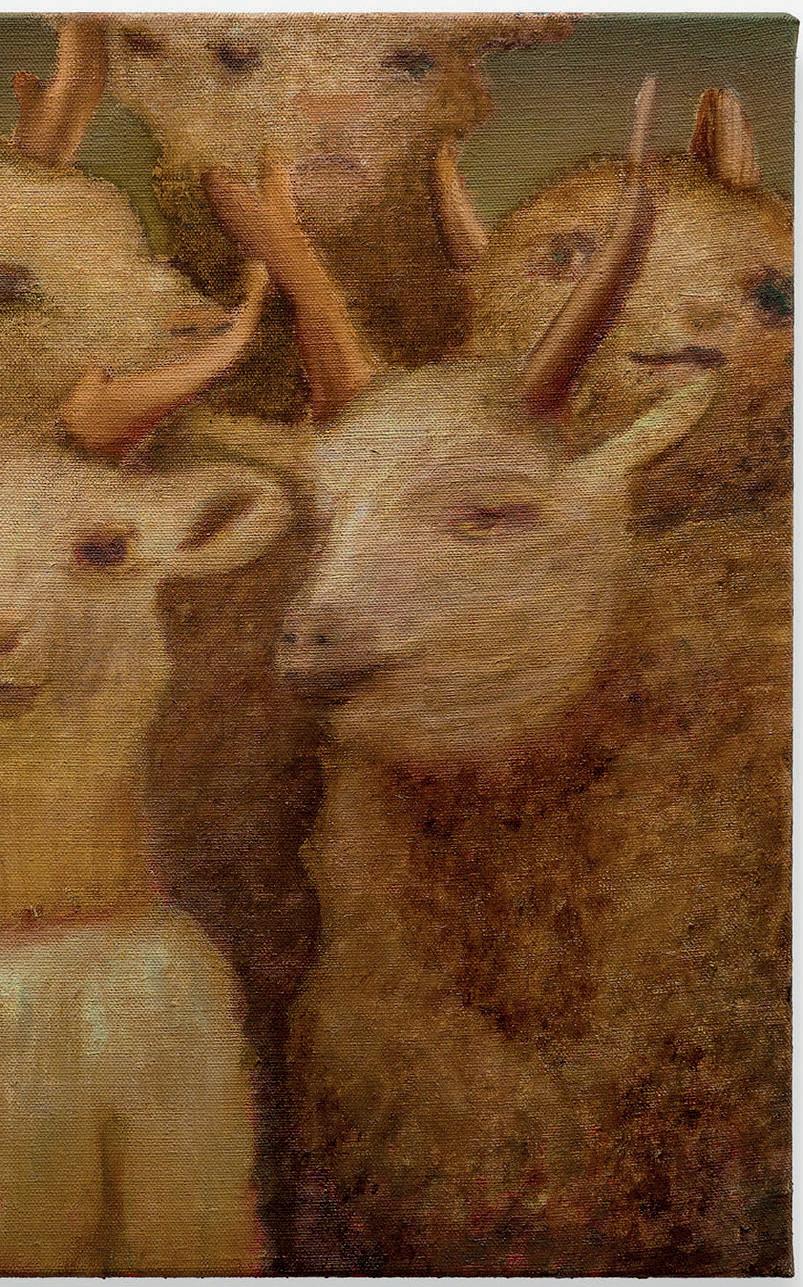

Rodrigo Valenzuela works across photography, video, and installation, merging his interest in art history, architecture, the concept of work, and the realities of laborers. Valenzuela builds scenes in his studio, often working with simple building materials such as cinder blocks, pipes, wooden palettes, corrugated metal, and two-by-fours. The resulting monochrome photographs constantly shift between flatness and architectural space, and between documentary photography and fiction, encouraging an incessant yet pleasurable tension.
His compositions resemble miniature ruins built from studio detritus, and are documentative of the artist’s performance in the studio. Simultaneously, they clearly reference certain Modernist masters - be it Abstract-Expressionist painters or Minimalist sculptors - as well as Latin-American Brutalist architecture.
Rodrigo Valenzuela (b. Santiago, Chile 1982) lives and work in Los Angeles, CA, where he is an Assistant Professor and Head of the Photography Department at UCLA. Valenzuela is the recipient of the Harpo Foundation Grant and the National Endowment for the Arts. He has received the 2021 Guggenheim Fellowship in Photography, the Smithsonian Artist Research Fellowship, Joan Mitchell Award, Art Matters Foundation Grant, and Artist Trust Innovators Award.
3 April – 10 May
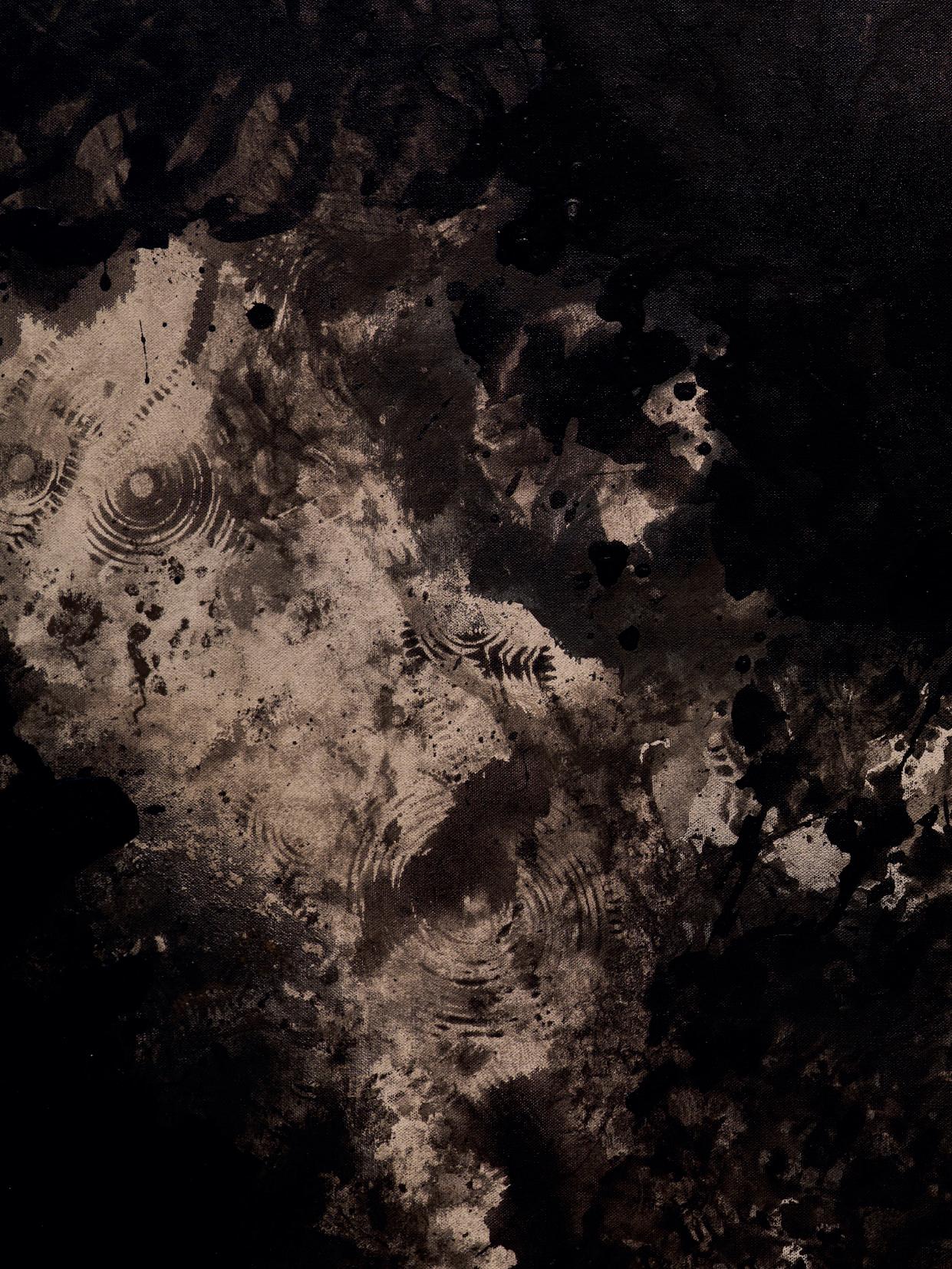
Hannah Perry (b.1984, Chester, England) lives and works in London. Perry received her BA in Fine Arts from Goldsmiths College, University of London and her MA from The Royal Academy of Art, London. Perry works across installation, sculpture, film and printmaking. Perry continuously generates and manipulates materials to develop an often candid, and personal exploration of mental and emotional health in our contemporary, hyper-networked society.
Perry’s recent sculptural assemblages, appearing in a set of installations, have placed sound as a visual element through revealing yet veiling it. No Tracksuits, No Trainers (2023) uses metal sheeting where projected sound waves come to vibrate and distort the material with relentless vigour. This amalgamation of sound and vision typifies Perry’s approach, where material gives form to sound and sound charges and alters form. Importantly, her use of arguably heavy materials and the physically robust connote industrial fabrication and this is by no accident – her immediate family, her brother and uncle, were welders. Littered with biographical and gendered centric references – the repeated presence of cars, clothing, and subjects – her work unfolds discussions about identity and investigates the complexity of the body. It is though the ghostly presence of Richard Serra and Donald Judd, along with other masculine figures of the highly polished and the industrially produced, have been transmitted through fragments from a far yet strangely connected lineage.
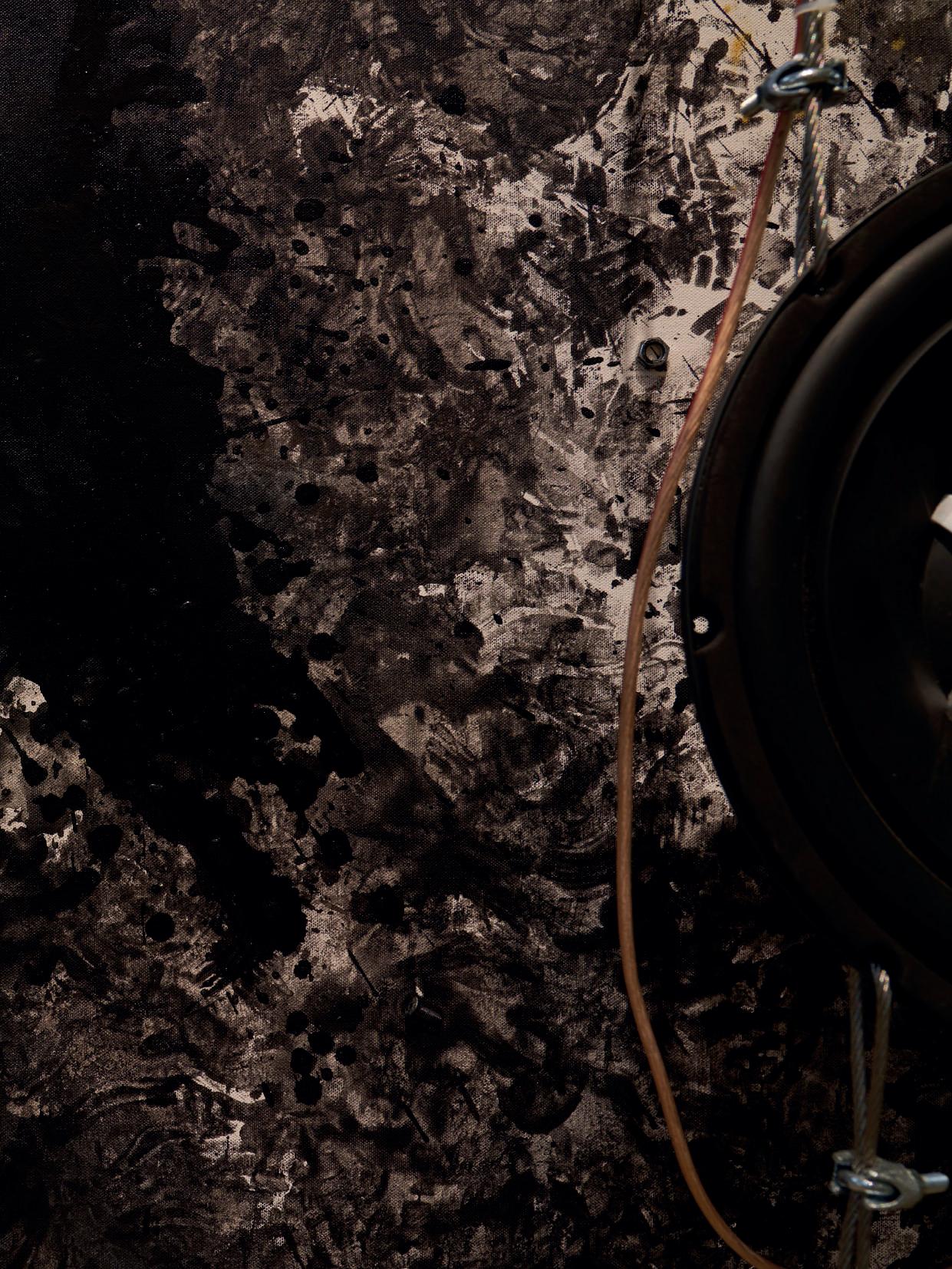

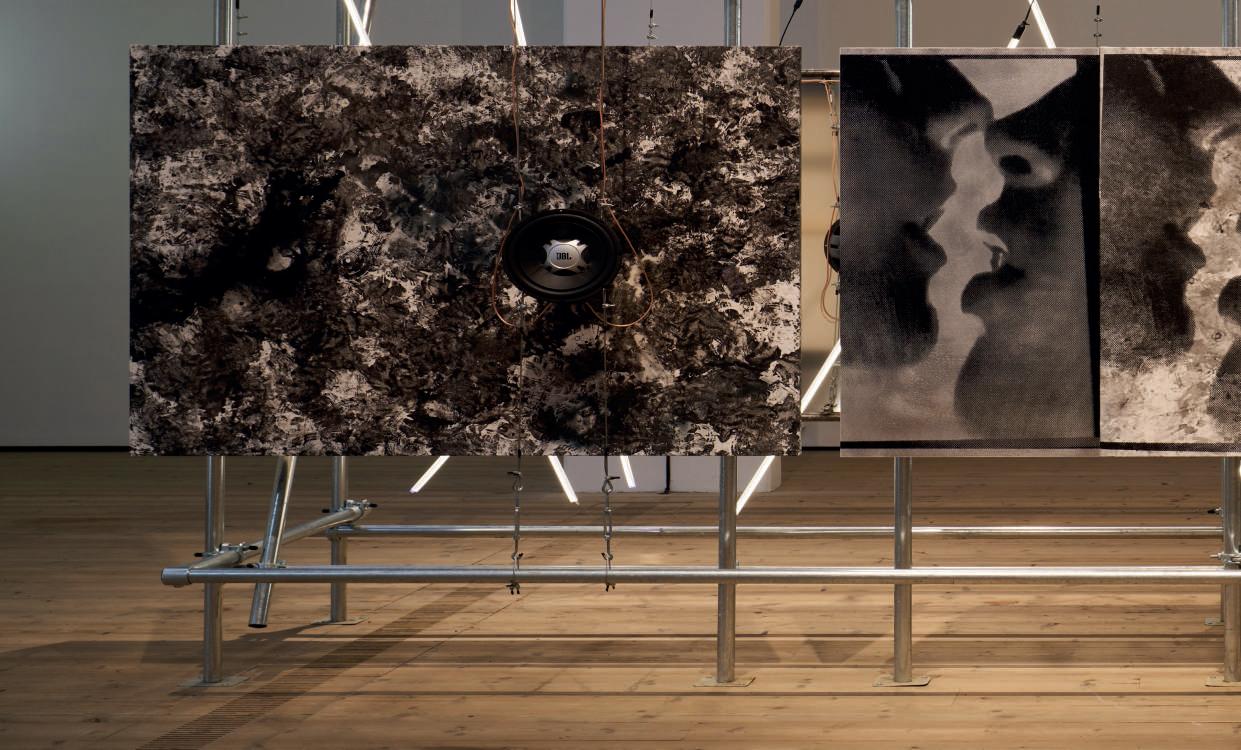
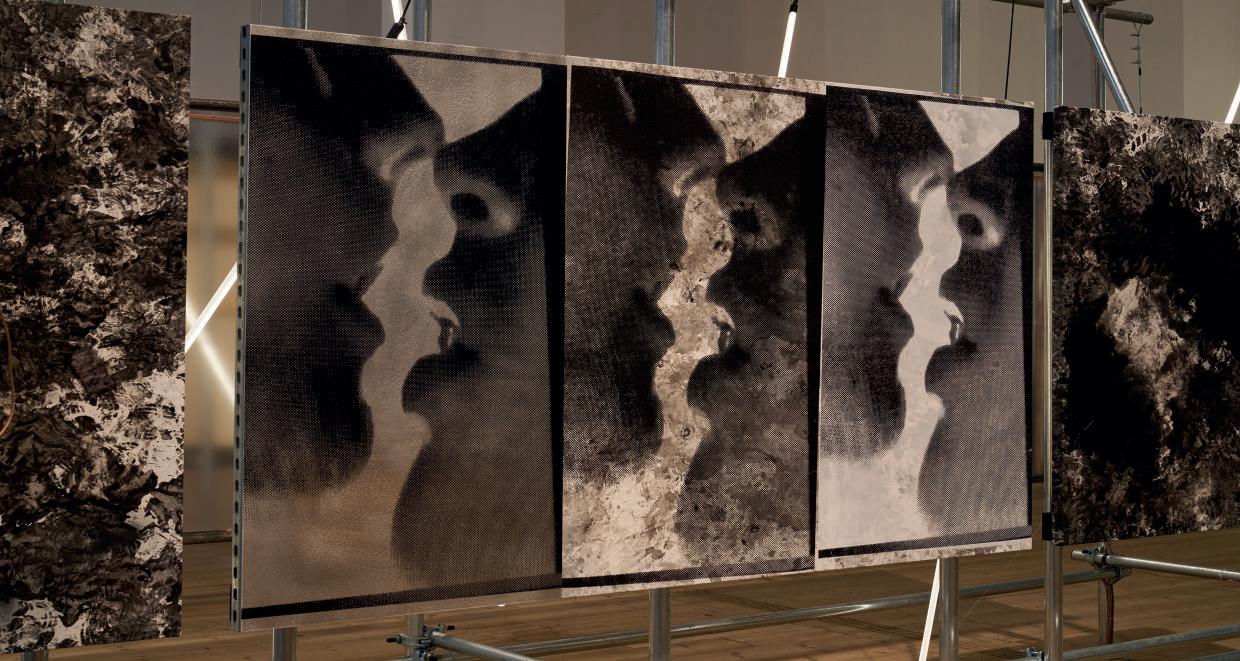
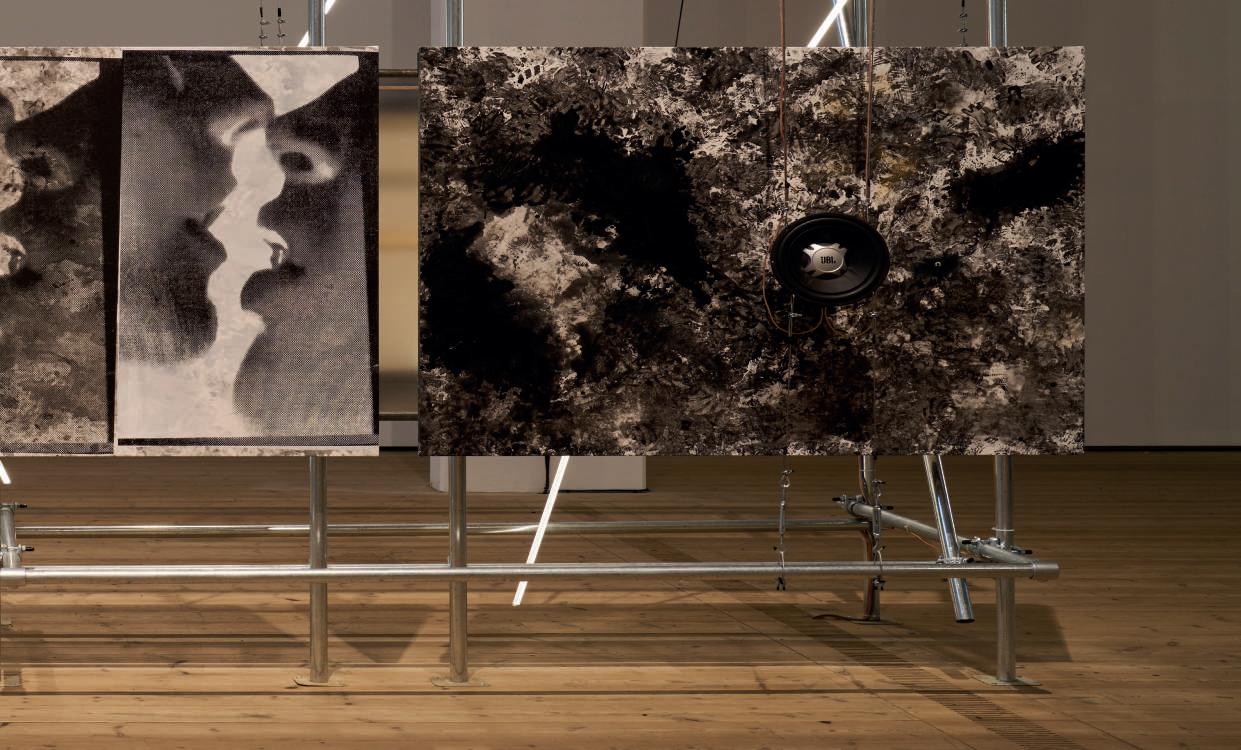
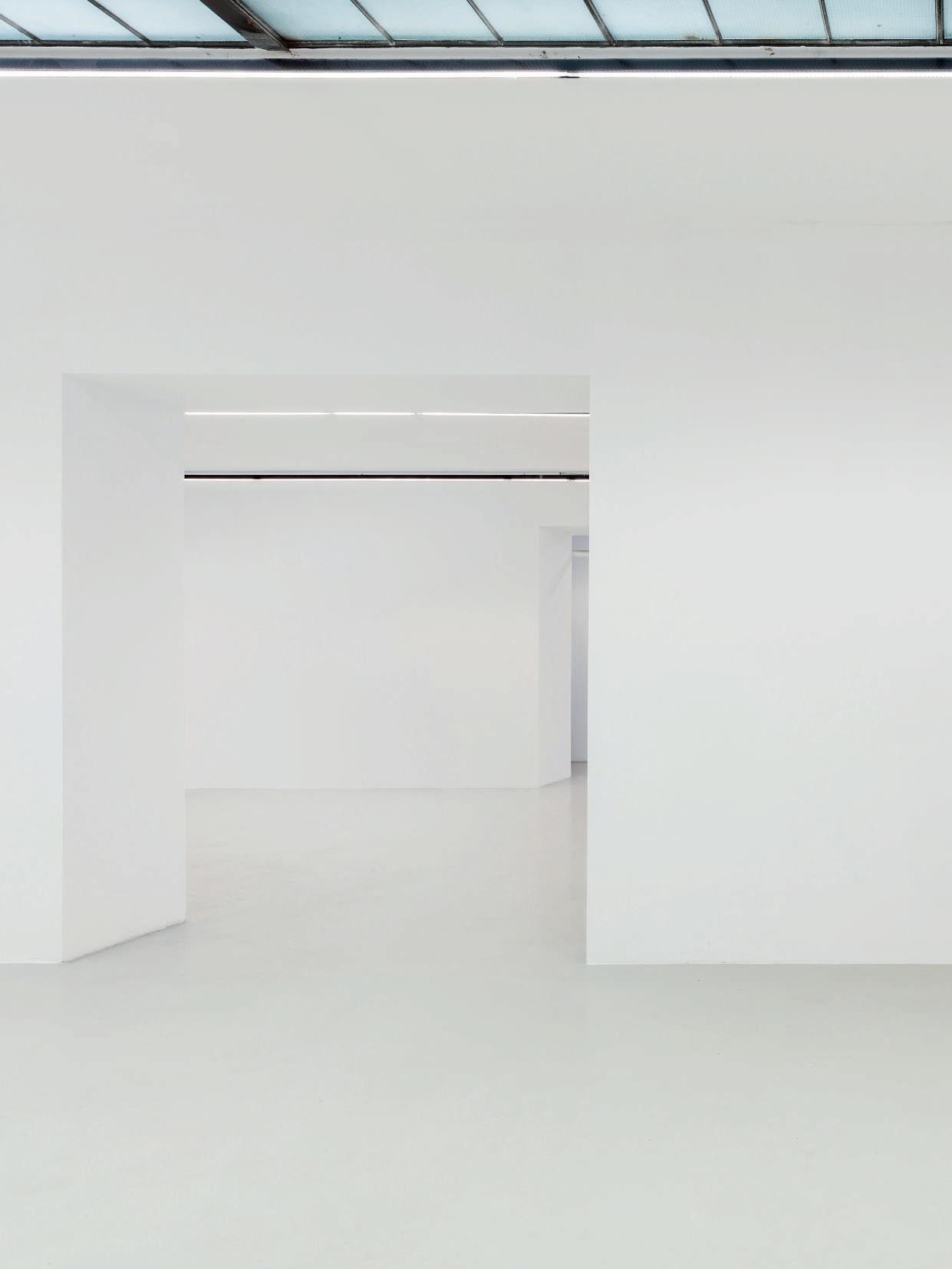
“Focus On“ runs concurrently with the gallery’s main exhibition programme in the project room and focuses on bringing a diverse range of artistic aesthetics and voices to the gallery to form a broader cultural and aesthetic dialogue.
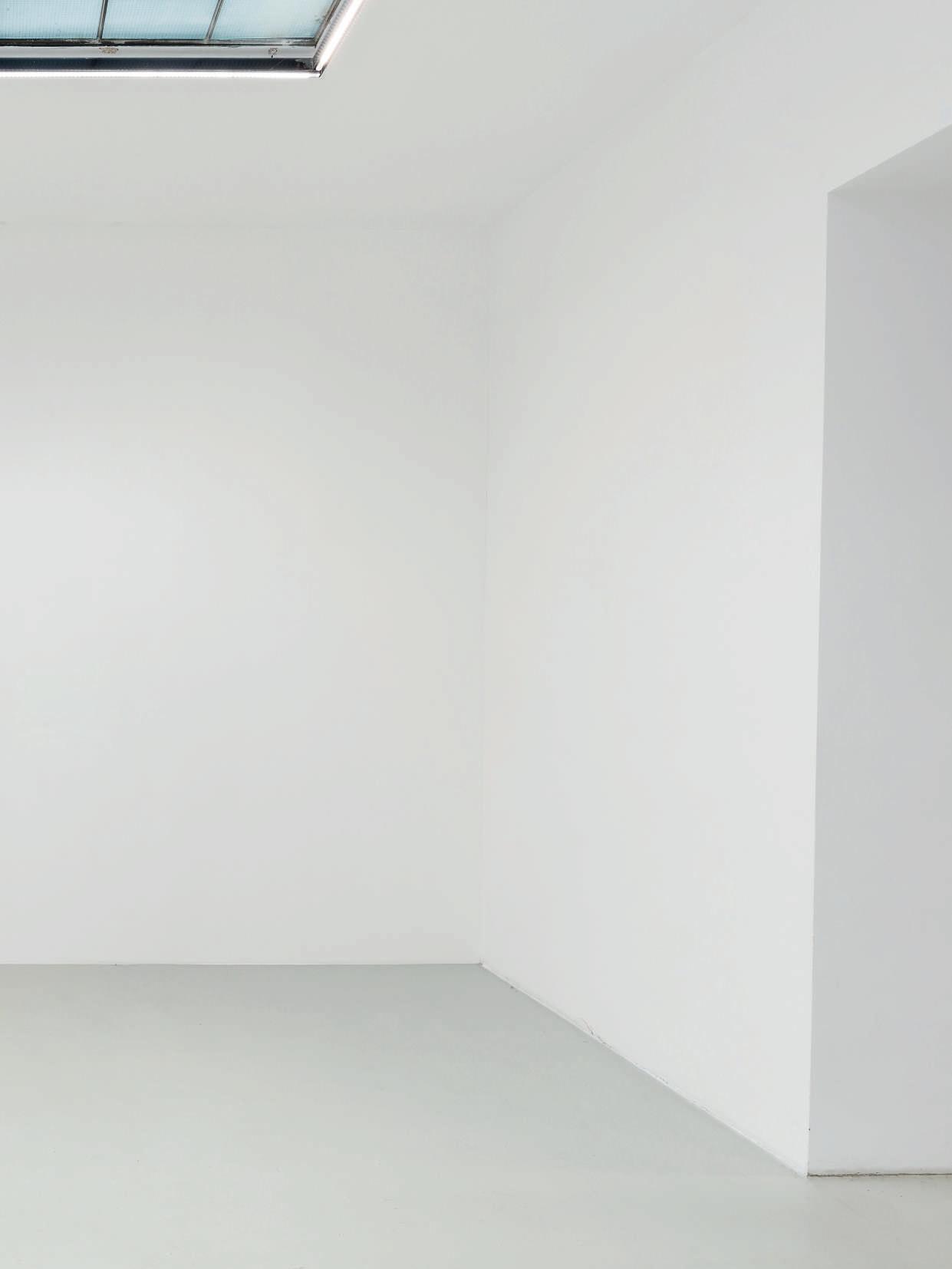
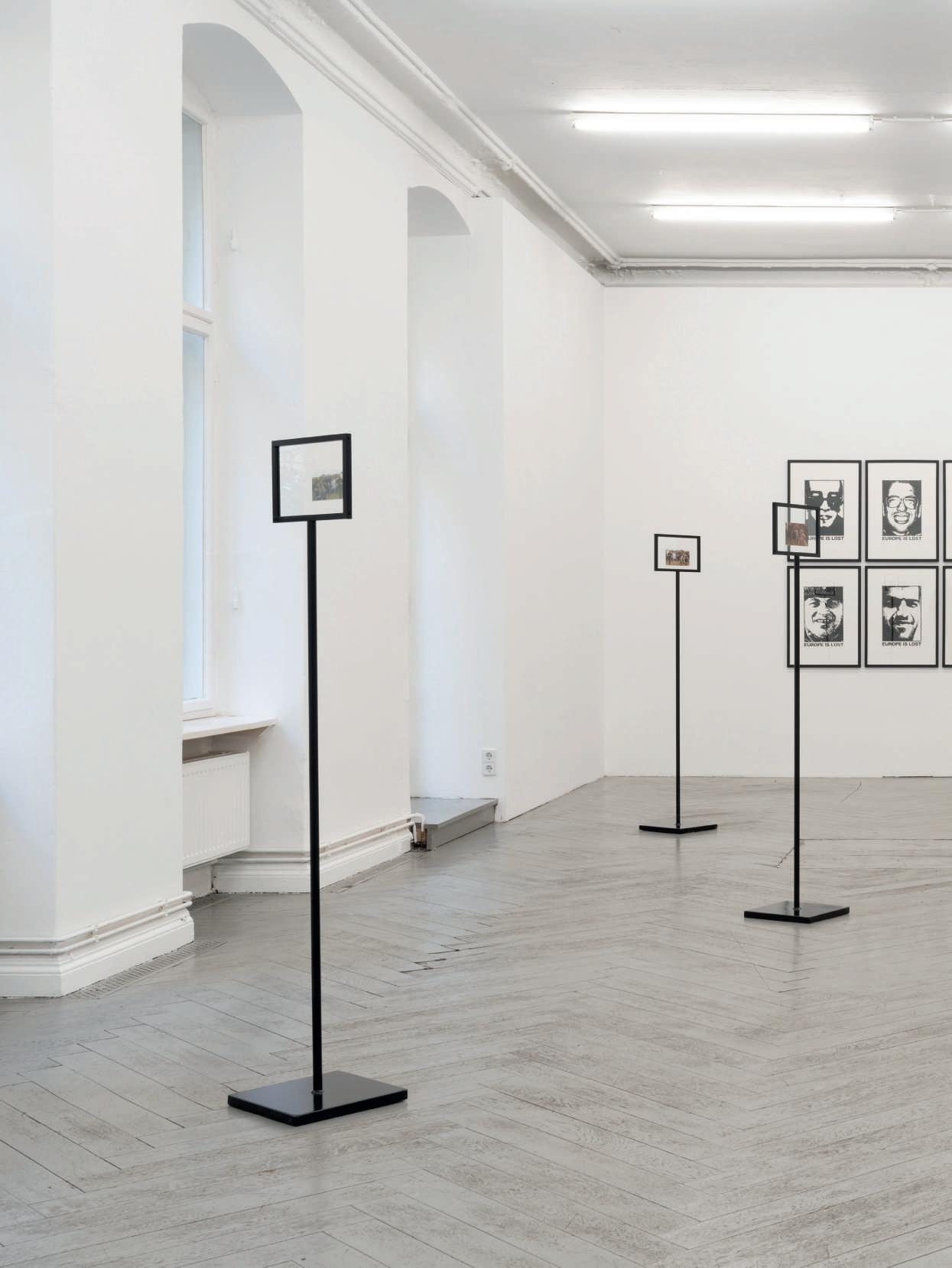
The large-scale installation 09. September 2015, Röszke (2021) is made up of eight black-painted steel stands, which are widely distributed throughout the exhibition space. They hold panes of glass into which transparent four-colour silkscreens have been etched. These are screenshots of online articles in which the artist has emphasised the illustrations. As a design display this framing recalls the touchscreens of the digital terminals via which we receive mainly media, news, and images but increasingly also art. Viewers have to move among these visual masses, and the dynamic of their standpoint requires continual repositioning relative to what is shown. At first this recalls the topos of distributed and networked digital images and thus also implies their ordering systems. That shifts the focus to our social use of digital photography in general and to the documentary photography of events in particular. Once again, the artist also makes his own practice of activism the point of departure for his media-reflexive work: As a photographer and activist Höschl documented in the summer of 2015 the catastrophic conditions in an illegal refugee camp on the EU’s external frontier between Serbia and Hungary. In Röszke, the Hungarian government under Viktor Orbán erected a border fence that was intended to stop the growing number of migrants from entering or passing through. This quickly led to tumults in which military security forces employed water cannons and tear gas against the migrants. Footage of a Hungarian camerawoman putting out her leg to trip people fleeing during these riots to prevent them from moving forward traveled around the world. Höschl himself was standing next to that woman at the moment when countless photographs of the scene were being taken. Even today he finds himself in that situation in stills from a prominent video recording. They testify to his being an eyewitness.
TW: Europe, EIGEN+ART Lab, 2022
As viewers of the installation, we find ourselves engaging with these images and their documentation in the media. They show us the bewilderment that spread in the face of visually mediated events. But the stands show us only photographs that differ minimally in the various layouts of online newspapers. Red circles point to details; we see the play button for a linked video. That implies a number of questions, since the significance of these images changes depending on the context: through which framing do we perceive the images? How does their reception change or depend on such editorial decisions? How completely is our perception of global events influenced by their editing in the media? What kind of contextualiszation gets closest to the actual event?
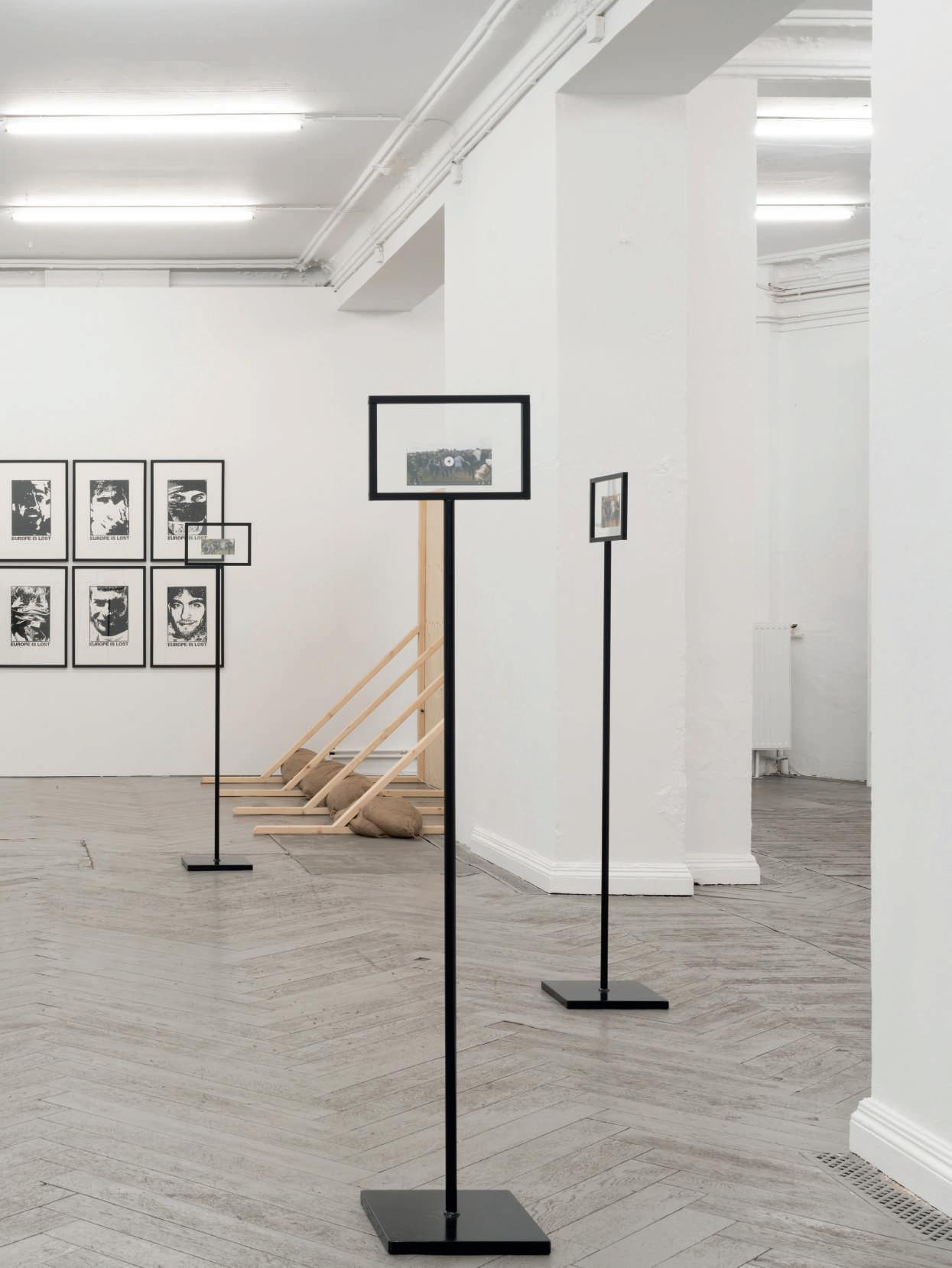
Is there such a thing as reporting that objectively reproduces it? It also remains unclear what role the artist was playing at the instant of the photograph. As a leftist activist he unmistakably positions/positioned himself against the pan-European closed-door policy in general and the Hungarian border regime in particular. As a photographer, however, he is always trying to document the events in as much detail as possible. The Hungarian camerawoman may at first appear to have pursued that goal as well, but she changed from an observer to a central actor and hence also became a perpetrator of the security forces. What influence did Höschl have on the event, what impact did his presence have? Would he have been able to intervene in one way or another? Do his photographed presence and his photographic presence testify to more than simple coincidence? Can the photographic image have a similar effect that is at once repressive and emancipatory, just like physical intervention? It is a strength of his artistic works that they raise these questions rather than trying to answer them with supposed facticity and authenticity. Höschl is not so much trying to provide a clear reading of media representations, on the one hand, and of his own installations, on the other. In the tradition of aesthetic self-will, their immanent openness of meaning and complexity makes it possible to question what is shown and hence also the necessary discourse surrounding it. It is this ambivalence that distinguishes Höschl’s works from an explicit engagement that declares implicit agreement with existing conditions.
Excerpt from text by Mira
Anneli Naß
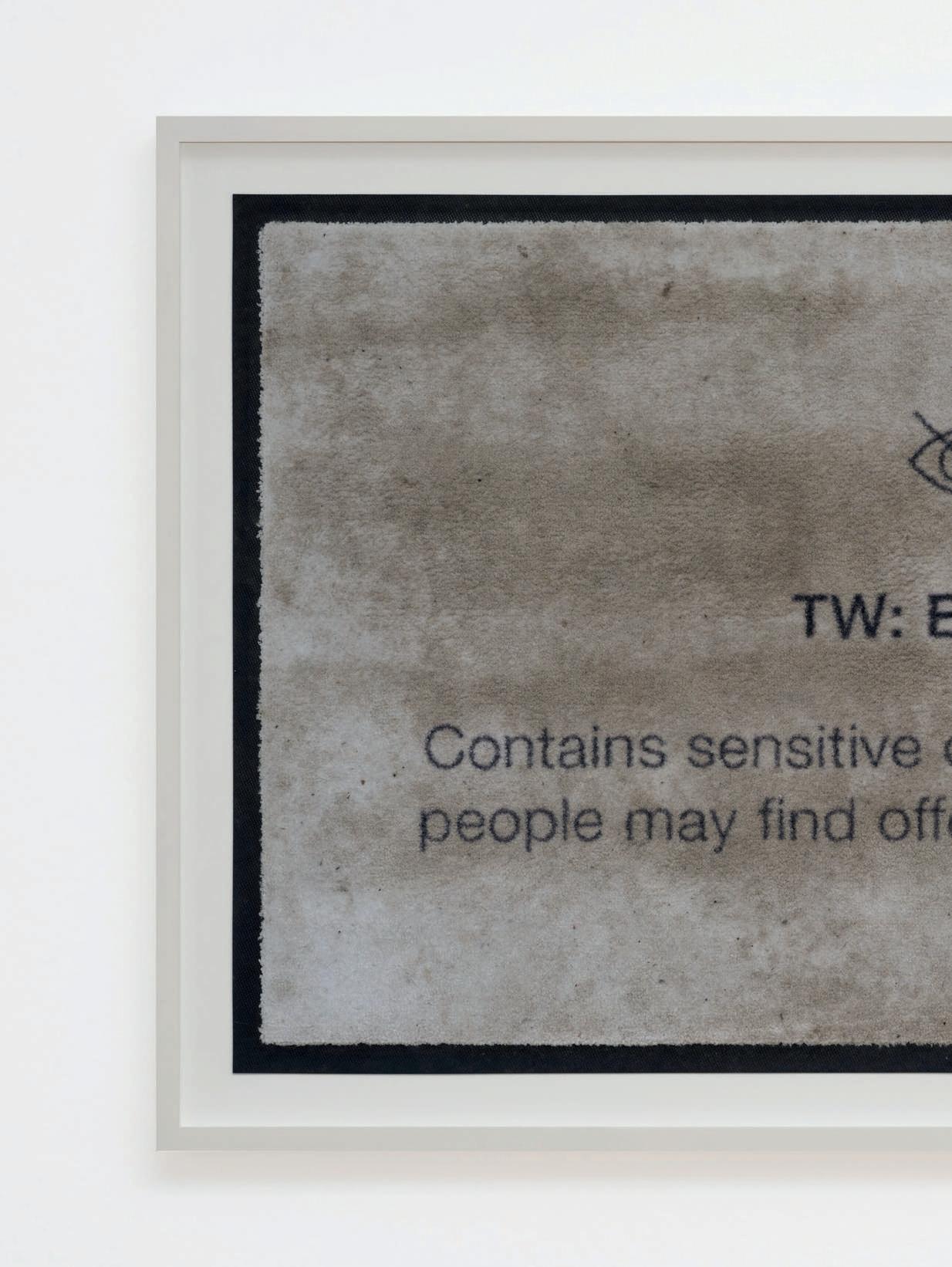
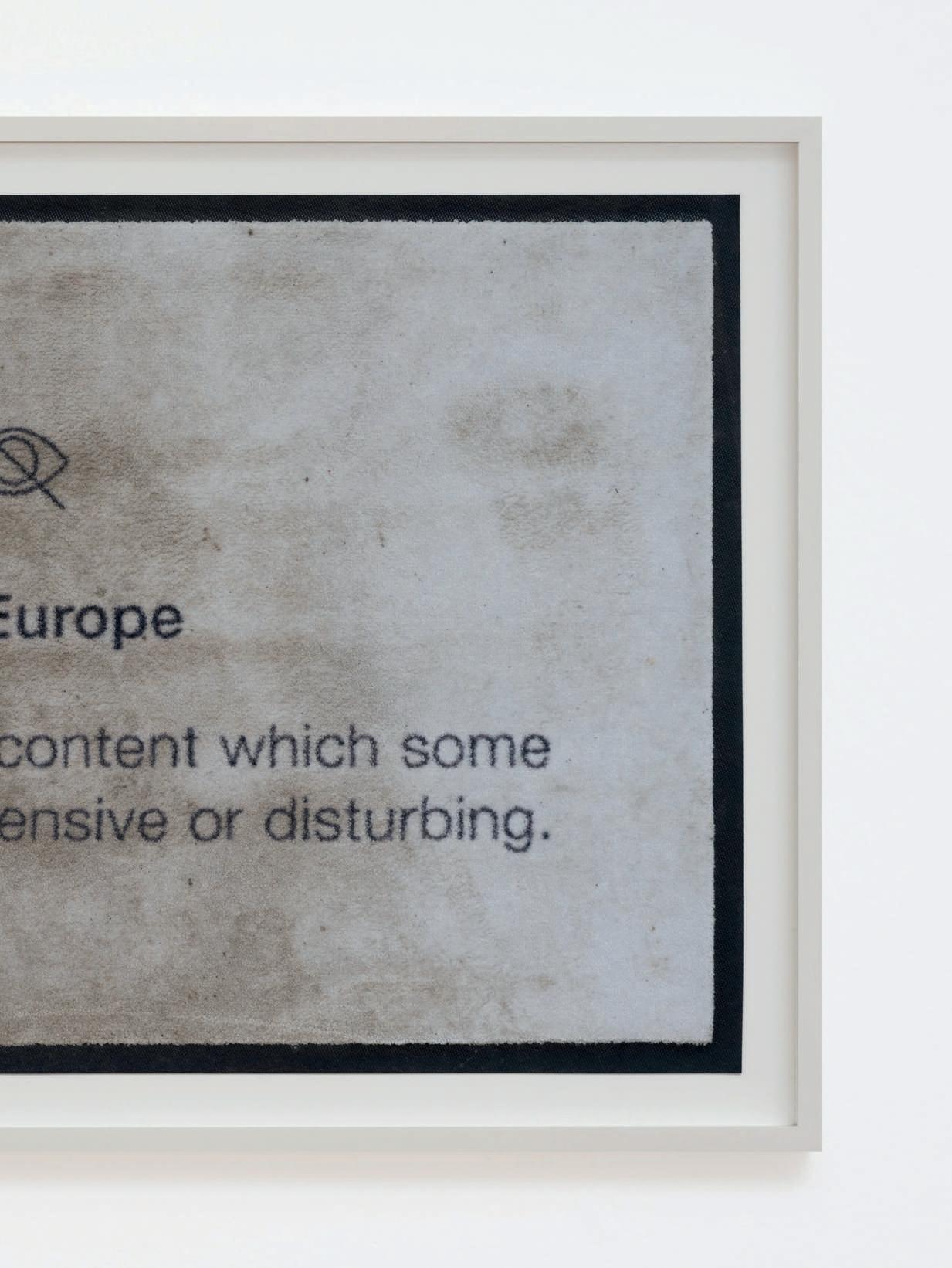
27 February – 29 March
Paco Koenig (born 1990) lives and works in Berlin. Koenig received his MA in Architecture from the University of Arts, Berlin.
Originally trained as an architect, Paco Koenig’s path flowed through architecture and furniture design before resting on painting. Koenig states that his move to painting was triggered by finding a sketch that he had created and felt the impulse to convert into a larger scale work. Finding greater creative control in the medium where he could explore the aspects of architecture and design that interested him in a more autonomous manner.
Koenig’s practice involves scraping marks on aluminum surfaces which are then treated with oil colour. Within this practice there are significant elements of contradiction. For instance, once the mark on the aluminum is made it is impossible to erase which invariably suggest a very conscious and considered technique. However, at the same time the marks are only revealed upon the application of the oil, revealing the forms that lie beneath, creating a consciously unconscious process.
The process of mark making is something that particularly interests Koenig, “I’m just fascinated by the fact that humans have that inner instinct to make a mark on a surface, to be remembered in a way. I think this desire goes back to the cave paintings in the south of France. Those first marks are like a template for everything that comes after, including the screens that we are staring into”, Koenig states.
The figurative works are each painted to mimic the original of the photographic image. From afar the paintings appear like a trompe l‘oeil: however, upon closer consideration, the photographic realism dissovles into a painterly abstraction composed from a meticulous system of subtle brushstrokes that cover the surface with a textured physicality. The photo paintings put forward a meta-image that through the very process of painting investigate the passage of time, notions of absence and presence, and authenticity and replication.
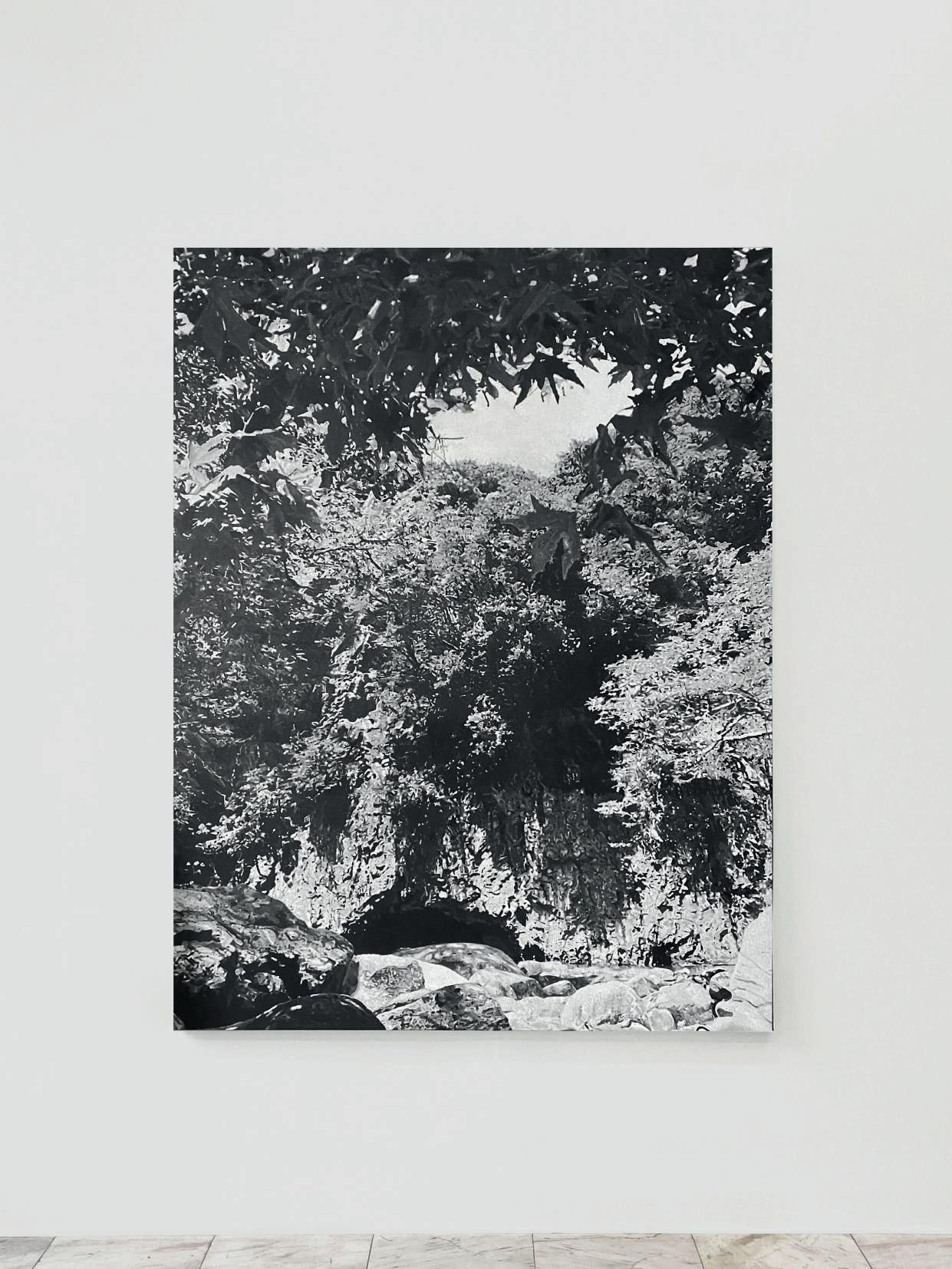
3 April – 10 May

Soojin Kang’s work explores textiles as a sculptural medium, transforming natural dyes and hand-spun yarns into powerful forms that intertwine the organic and the uncanny. Her meticulous process emphasizes the tactile, embracing raw edges, earthy pigments, and organic shapes to evoke a sense of intimacy and connection. Yet, within this seemingly wholesome framework, her works are imbued with unsettling traces of the monstrous, creating a tension that challenges the viewer’s perception of material and form.
In her 2022 site-specific sculpture for jevouspropose in Zurich, Kang’s forms resembled engorged anthers, buckling against the gallery walls in a confrontation between the natural and the architectural. Similarly, in Landscape at Ben Hunter in 2022, she filled the space with gigantic, larvae-like sculptures woven from crimson thread—creatures that seemed both alive and otherworldly. These works suggest themes of transformation and decay, with the handmade textures serving as a visceral reminder of the human hand at work.
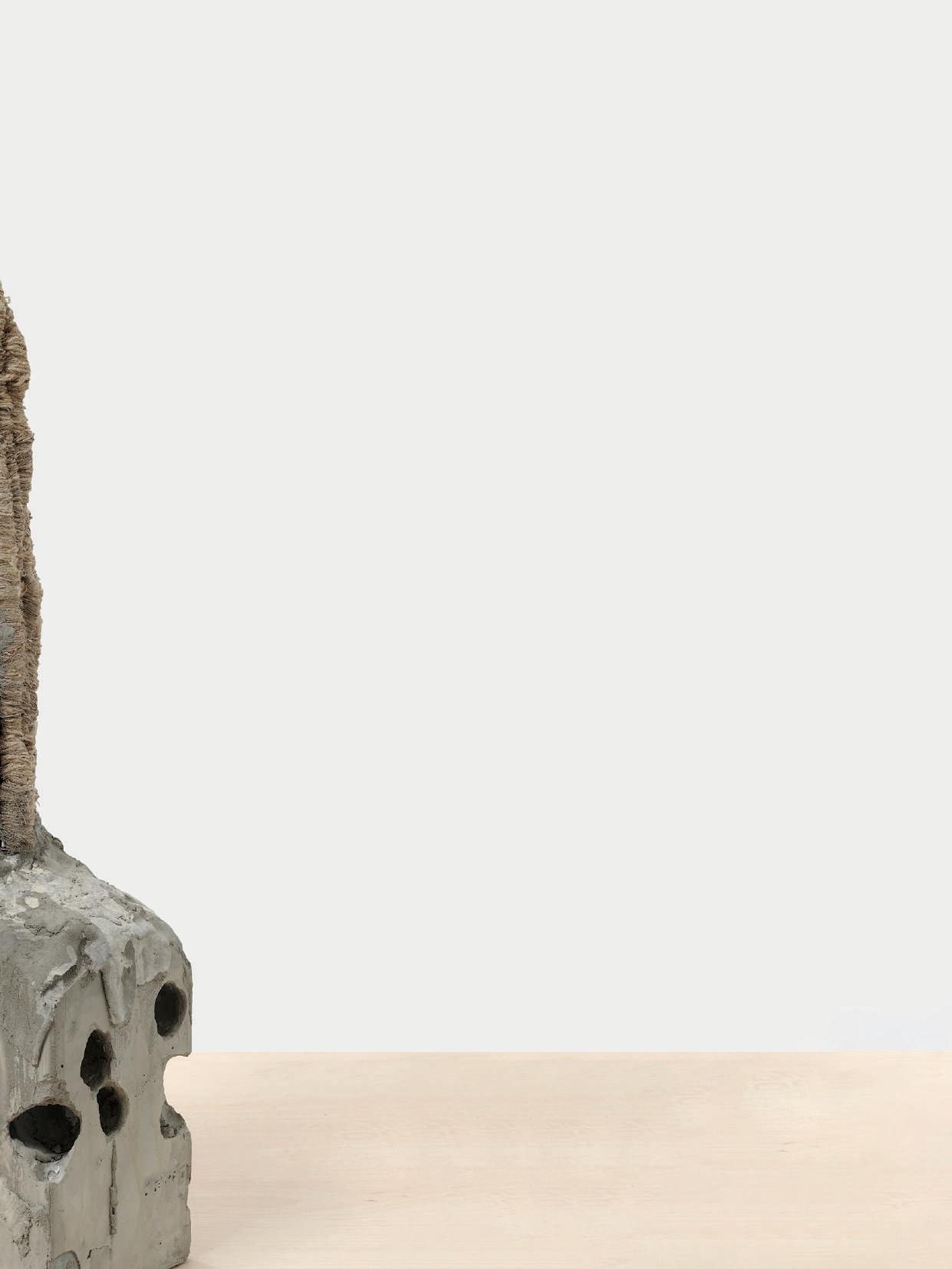
Kang’s practice took a notable turn in her 2023 exhibition To Be You, Whoever You Are at Gathering, where she approached the human figure for the first time. Here, her exploration of materiality expanded into the realm of identity and embodiment, blending her signature organic forms with a deeply personal investigation into the human condition. Since then, Kang has been continuously experimenting with other sculptural materials, including poured concrete and metal.
Born in Seoul, Korea, in 1978, Soojin Kang now lives and works in Kulmbach, Germany. She received her MA in Textiles from Central Saint Martins in 2009, and her work has since been recognized internationally. Her piece Fall was acquired by the Victoria & Albert Museum in 2017, securing her place in one of the world’s most prestigious permanent collections. Solo exhibitions such as Forgive yourself for everything at Galerie Khoshbakht (2024) and Between the Linesat Movement Lab, Busan (2019), along with group exhibitions including Prophetic Dreams at Kutlesa Gallery (2024) and KREATUR at Reiter Galleries, Berlin (2022), showcase her evolving and experimental practice.
Through her ability to fuse the nutritive and the uncanny, the organic and the monstrous, Kang continues to push the boundaries of textile-based sculpture, creating works that resonate with emotional depth and existential curiosity.
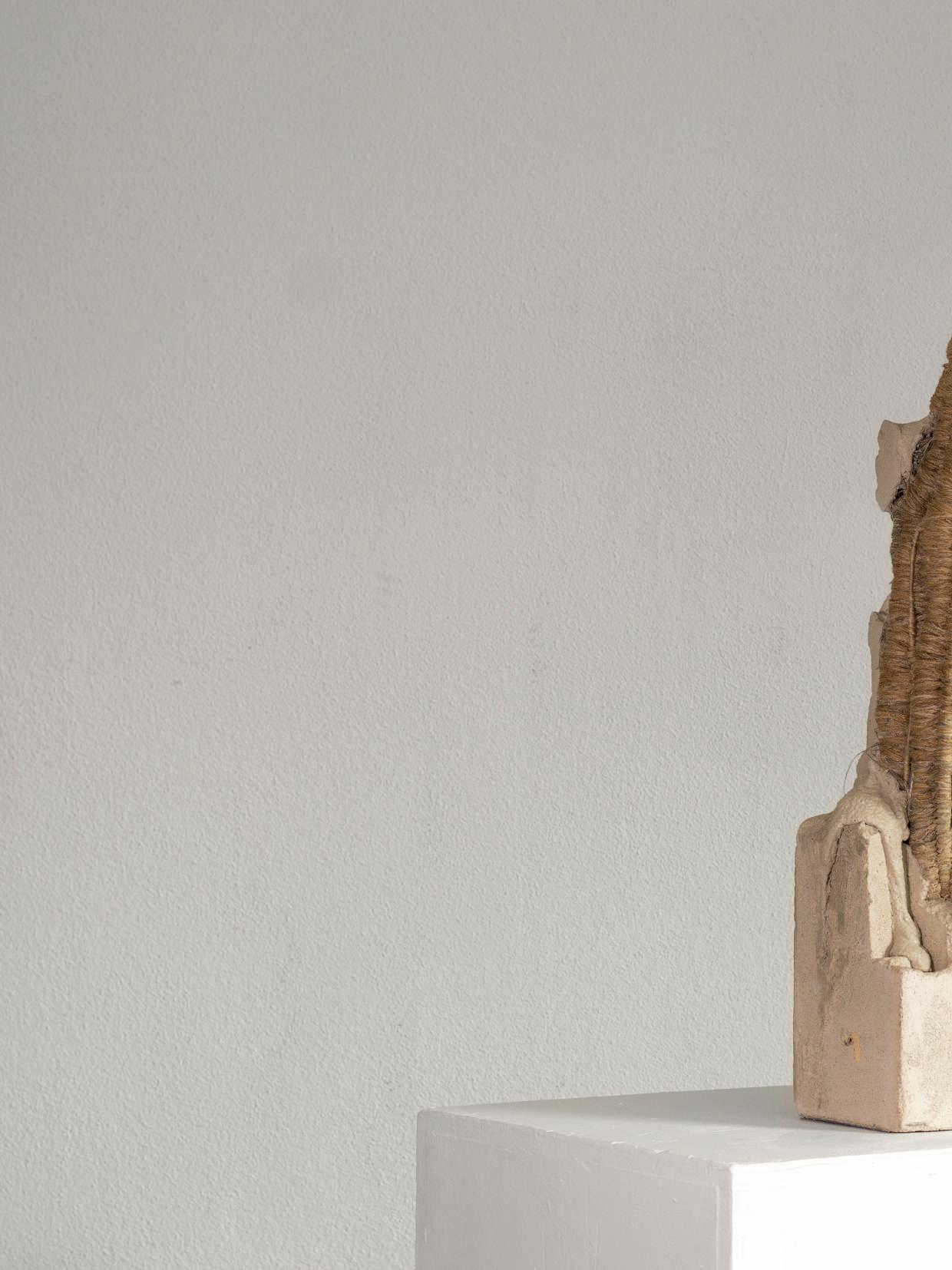
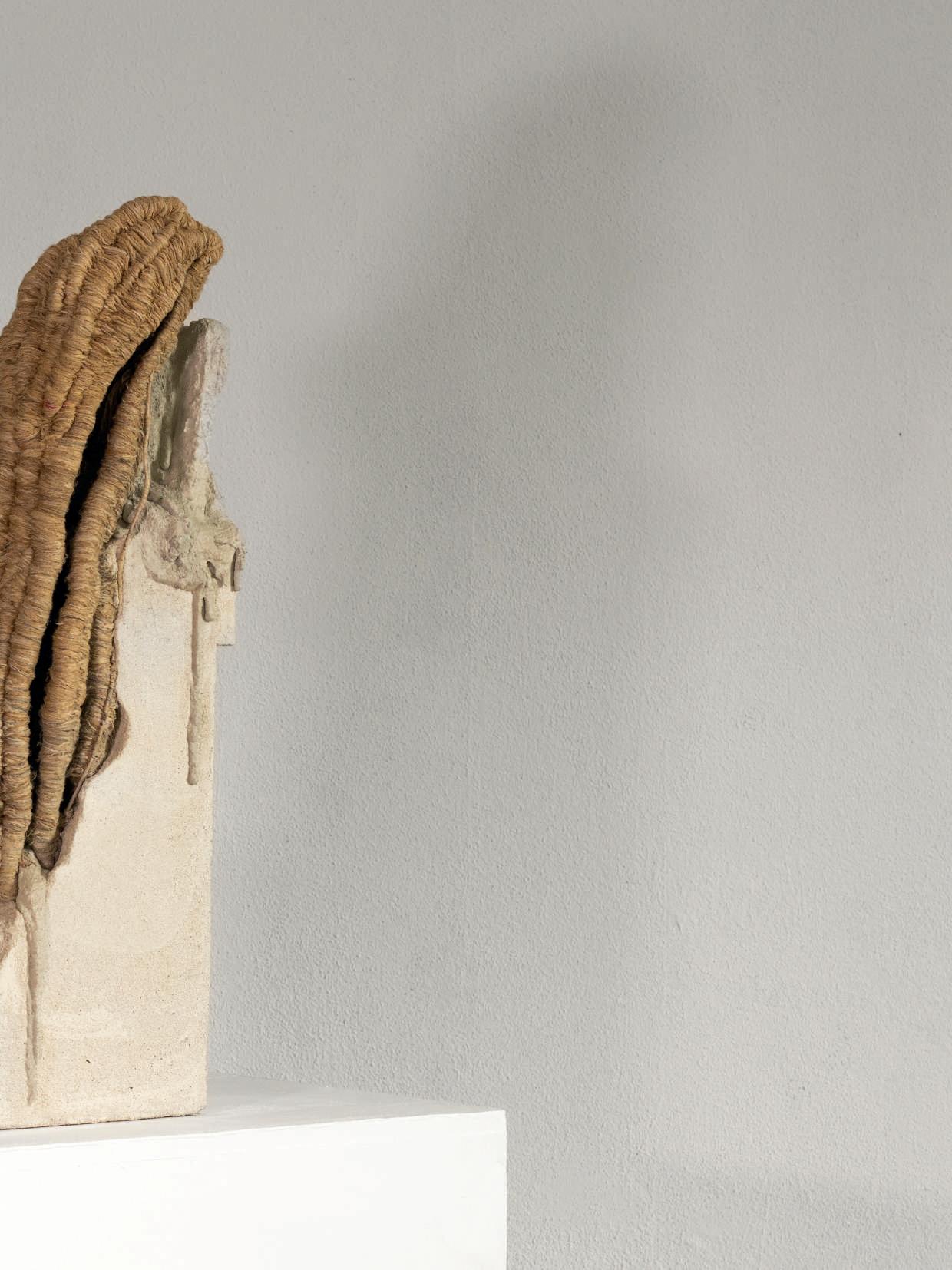
Galerie Kandlhofer
Brucknerstrasse 4, 1040, Vienna, Austria
info@kandlhofer.com +43 1 503 1167
Cover:
Marc Henry, Unanimous Decision (Dream Sequence), 2024, Oil on linen, 140 x 170 cm, 55 1/8 x 66 7/8 in, Jana Perusich
Page 3
Rodrigo Valenzuela, Garabato 5, 2024, Photogravure, 91 x 76 cm, 35 7/8 x 29 7/8 in, Edition of 6 + 2AP, photo Manuel Carreon Lopez Page 4 and 5
Andreas Greiner, Installation View, Game of Life, Galerie Kandlhofer, 2024, photo Manuel Carreon Lopez
Page 6 and 7
Andreas Greiner, Molly Aida, 2023, printed circuit board (PCB) with conducting paths and soldered microchipframed in aluminium, Edition 4/4 + 3 AP, photo Manuel Carreon Lopez
Page 8 and 9
Frauke Dannert, Installation View, Desert after Rain, Max Ernst Museum, 2024, photo Nicole Schäfer, courtesy of Max Ernst Museum Brühl des LVR
Page 10
Frauke Dannert, Loop, 2024, Paper Collage, 145 x 95 cm, 57 1/8 x 37 3/8 in, photo Ben Hermanni, Lemgo
Page 11
Frauke Dannert, Installation View, Desert after Rain, Max Ernst Museum, 2024, photo Nicole Schäfer, courtesy of Max Ernst Museum Brühl des LVR
Page 12 and 13
Harminder Judge, Artist Portrait, photo Sorina Reiber
Page 14
Harminder Judge, Cliff and Cleft Gathering, Ibiza, photo Blythe Thea Williams, Courtesy of Gathering
Page 16 to 18
Hermann Nitsch, Installation view, Universalmuseum Joanneum/J.J. Kucek, © Bildrecht Vienna, 2024
Page 19
Hermann Nitsch, Entwurf einer unterirdischen Stadt, 1974, Kugelschreiber auf neun zusammengeklebten Blatt Papier, 89 x 63 cm Privatsammlung photo UMJ/N. Lackner © Bildrecht, Wien 2024
Page 20 to 23
Hermann Nitsch, Installation View, Gesamtkunstwerk, Stasys Museum, Lithuania, 2024, photo Marius Rudzianskas, courtesy of Stasys Museum
Page 24 and 25
Nana Mandl, Installation View: never enough, Galerie Kandlhofer 2024, photo Manuel Carreon Lopez
Page 29
Marc Henry, Artist Portrait, photo Maria Ritsch
Page 30 and 31
Marc Henry, Field Trip I, 2024, Oil on linen, 140 x 170 cm, 55 1/8 x 66 7/8 in, photo Jana Perusich
Page 32 and 33
Marc Henry, Dream Sequence (The Herd), 65x80 cm, Oil on Linen, photo Jana Perusich
Page 34
Rodrigo Valenzuela, Garabato 1, 2024, Photogravure, 91 x 76 cm, 35 7/8 x 29 7/8 in, Edition of 6 + 2AP, photo Manuel Carreon Lopez
Page 36 to 39
Hannah Perry, Manual Labour, 2024, Baltic Centre for contemporary Art, photo Reece Straw
Page 42 and 43
Jonas Höschl, Installation View, TW: Europe, EIGEN+ART Lab, 2022, photo Peter Oliver Wolf
Page 44 and 45
Jonas Höschl, ‘Trigger Warning Europe’, 109 x 70 x 5 cm, photo Peter Oliver Wolff
Page 46
Paco Koenig, FONIAS II, 200 x 150 cm, Oil on Aluminium, P064/24, Credits Fabio Korbu, Courtesy of studiopacokoenig
Page 48 and 49
Soojin Kang, Untitled, 2024, Raw silk, hemp, jute, cotton, metal, concrete , 77x15,5 x 23,3cm, Courtesy of the Artist and Gathering photo Markus Schroder
Page 50 and 51
Soojin Kang, Untitled (Stand 1), 2024, Raw silk, hemp, jute, styrofoam, metal, plaster, 96 x 30 x 15 cm, Courtesy of the Artist and Gathering photo Markus Schroder
